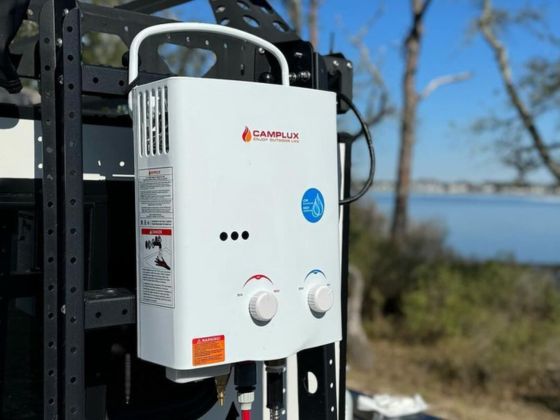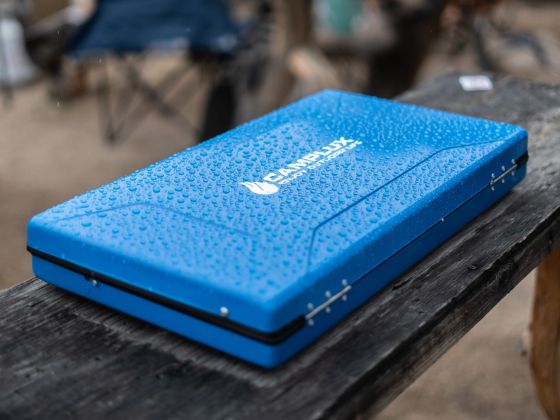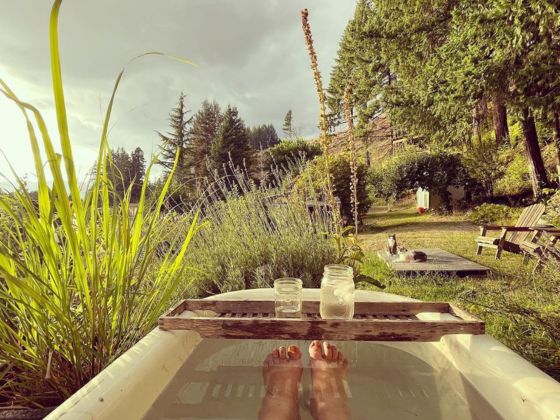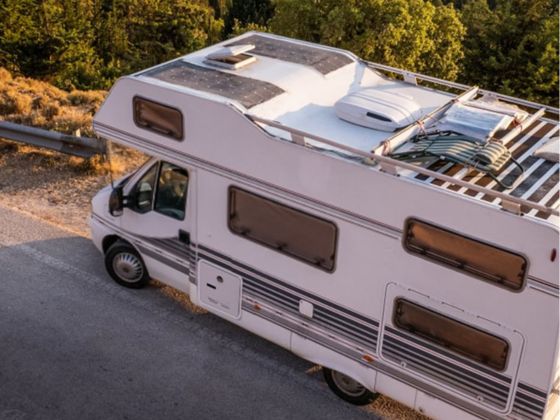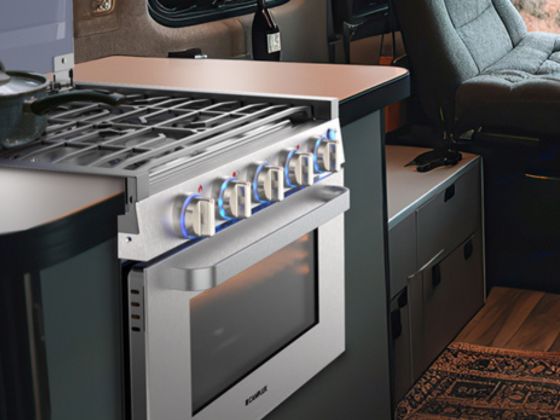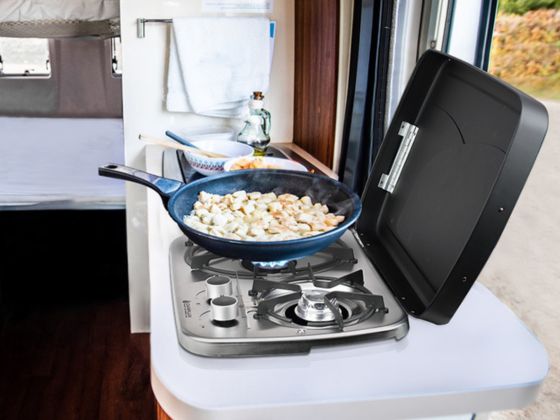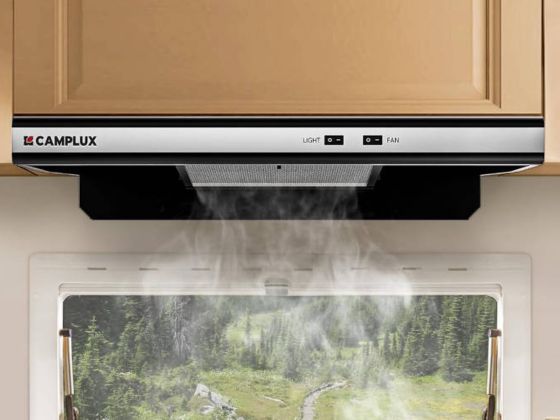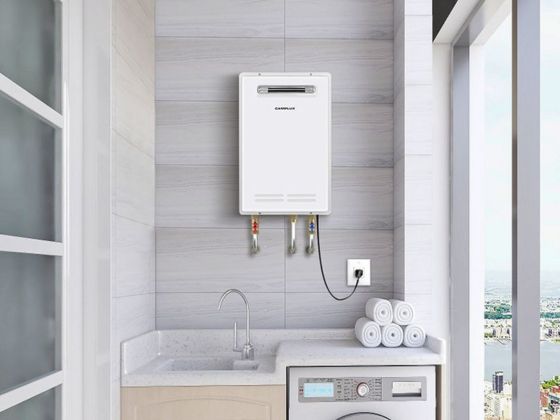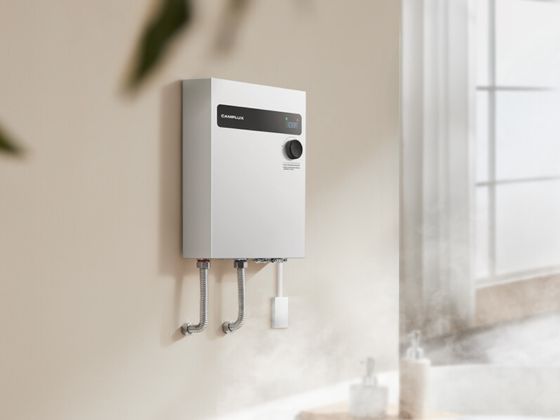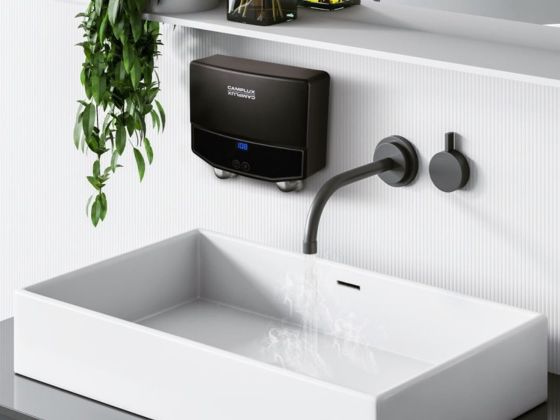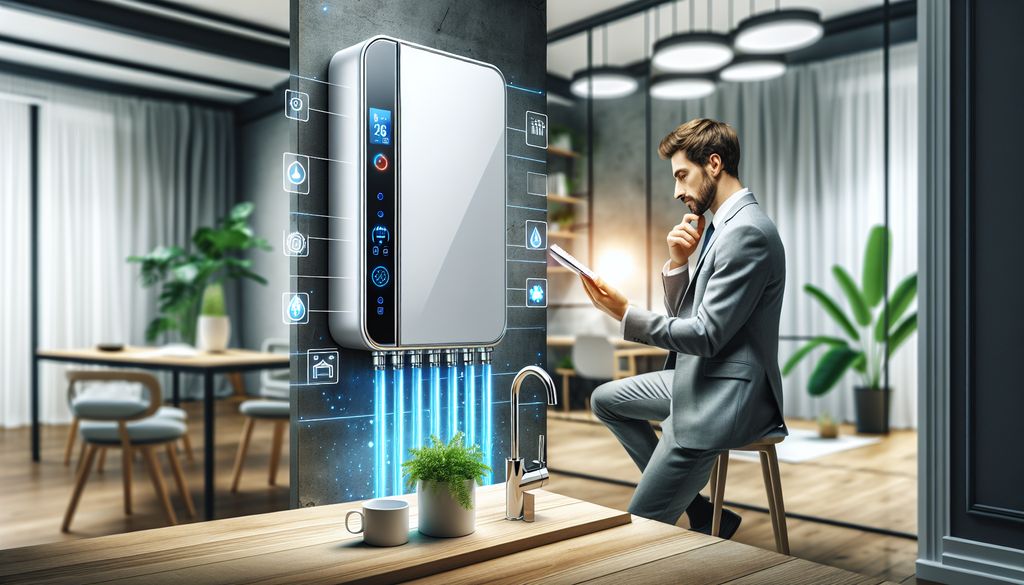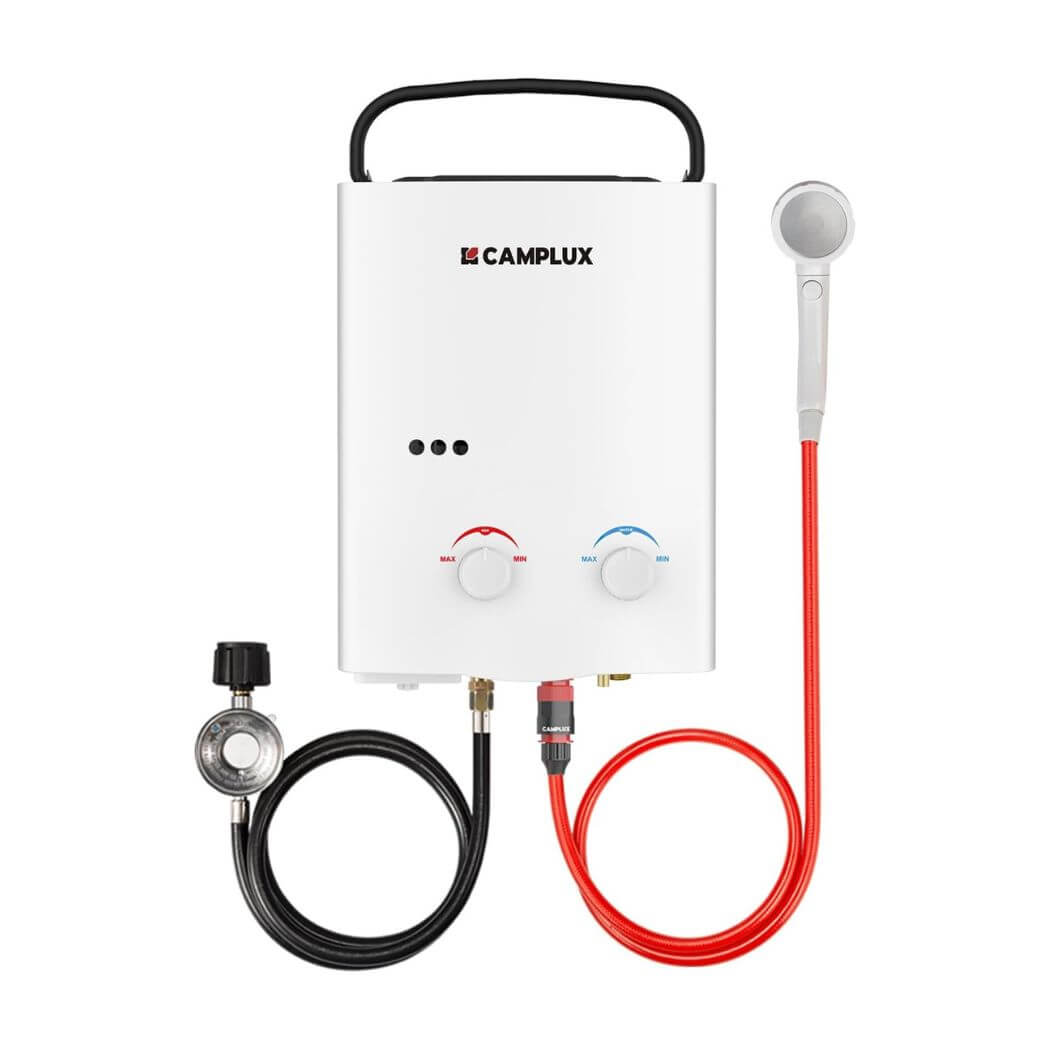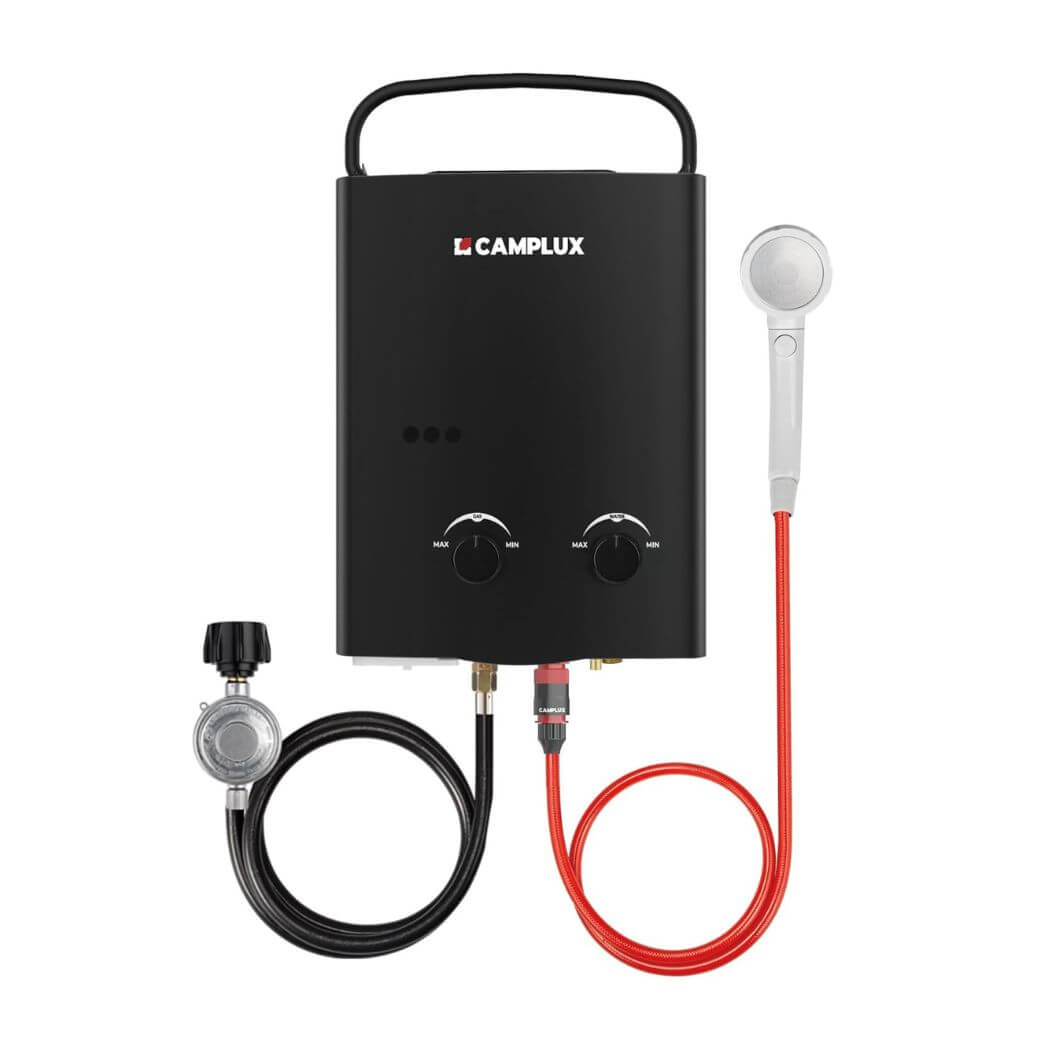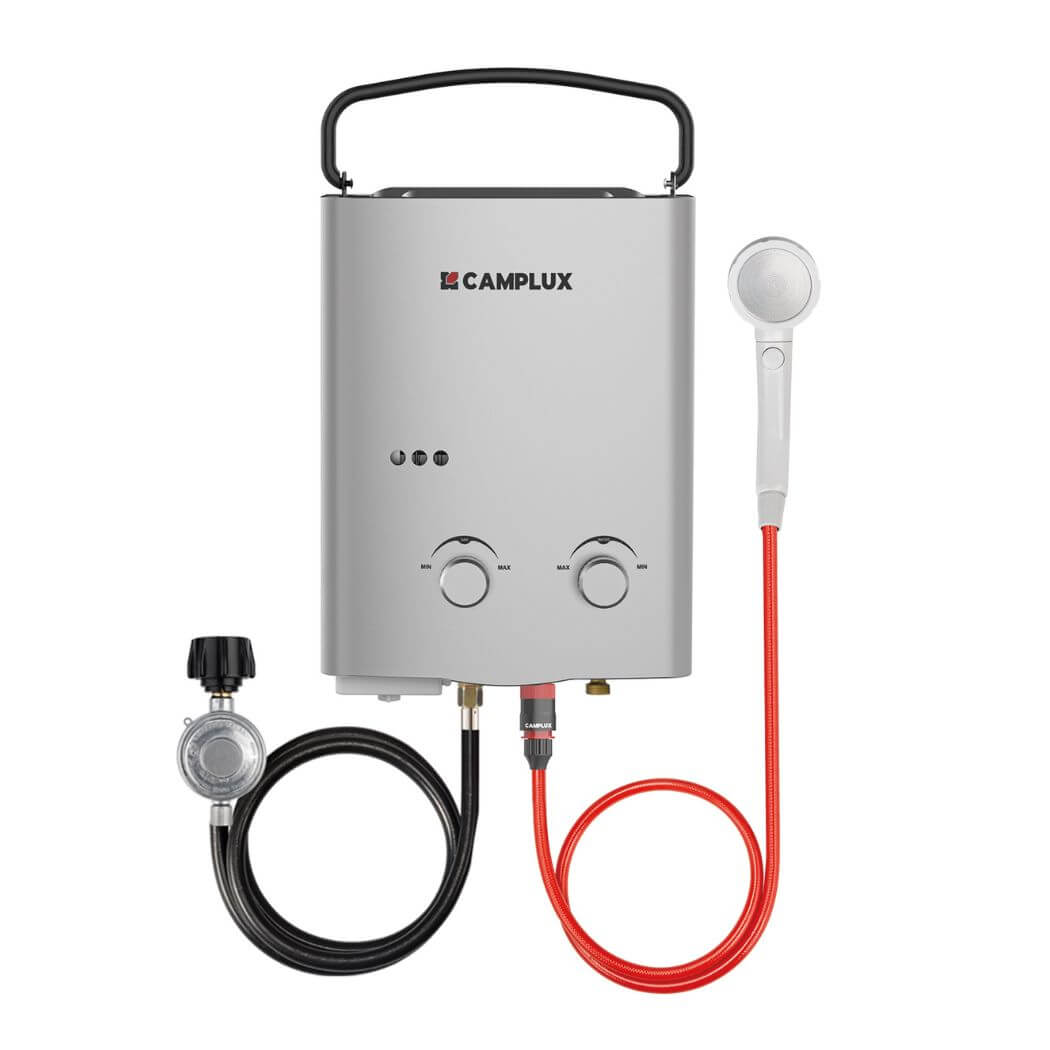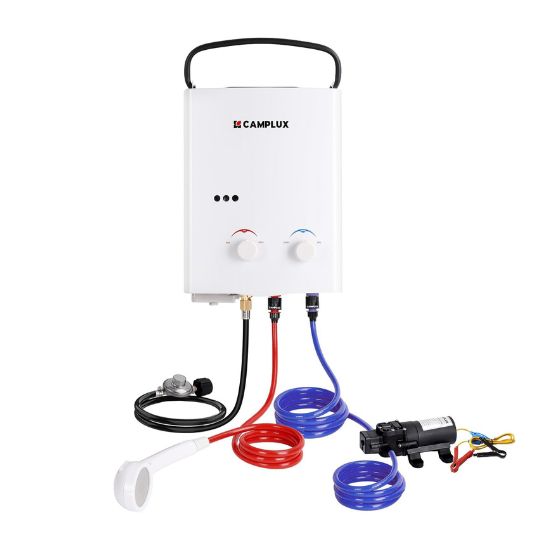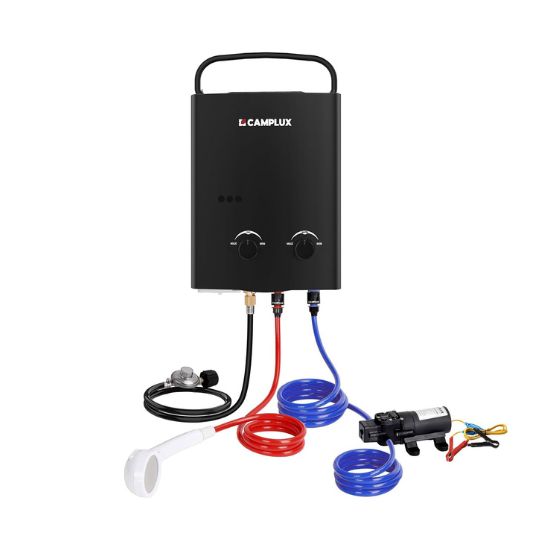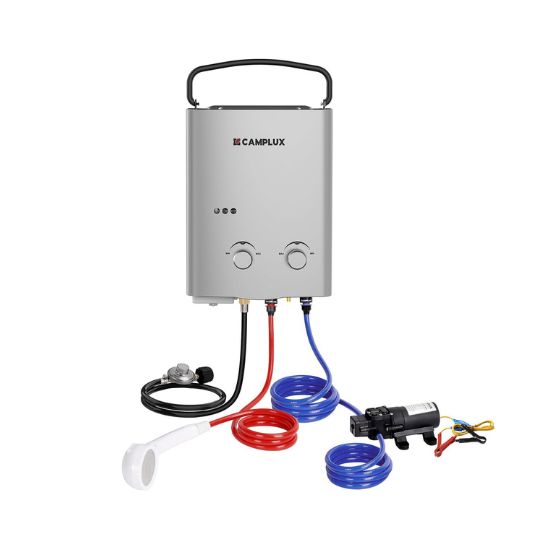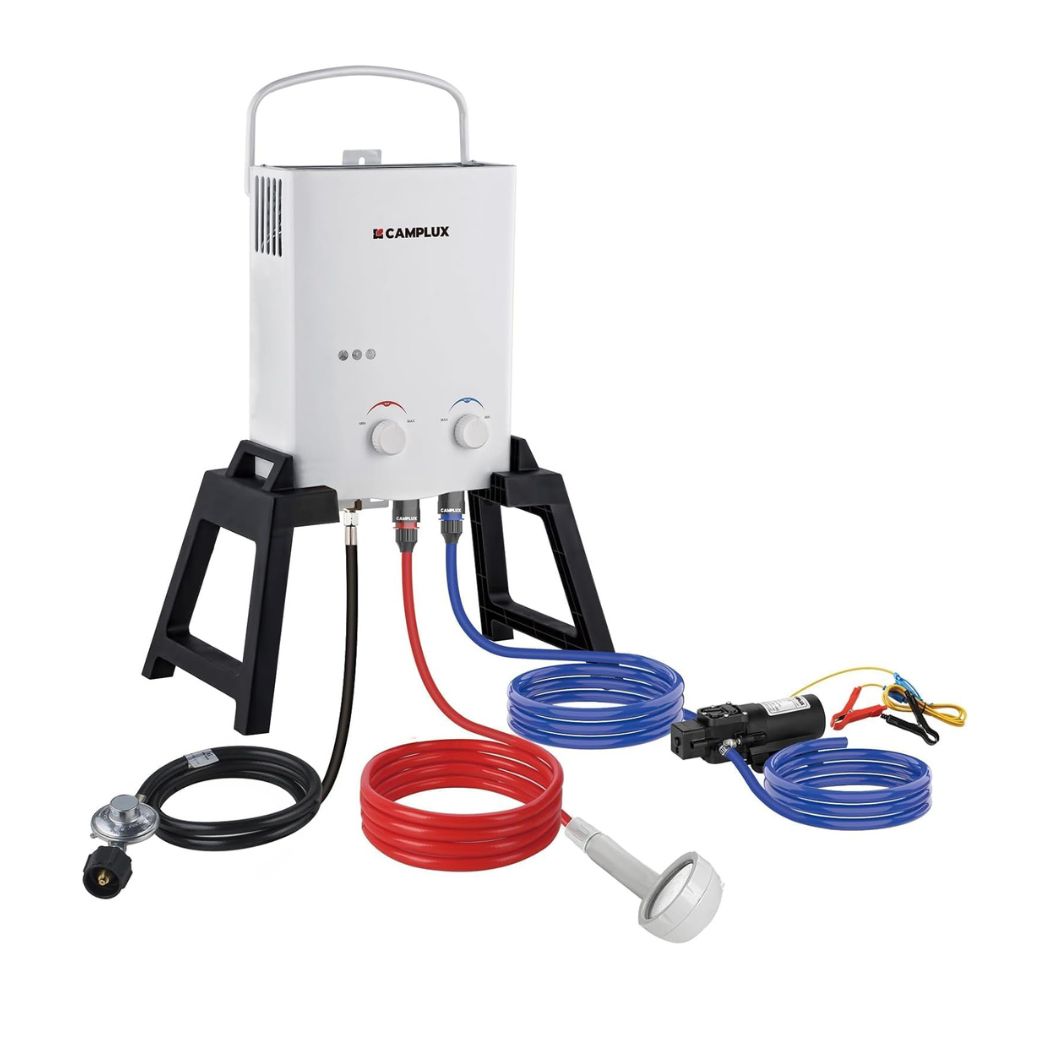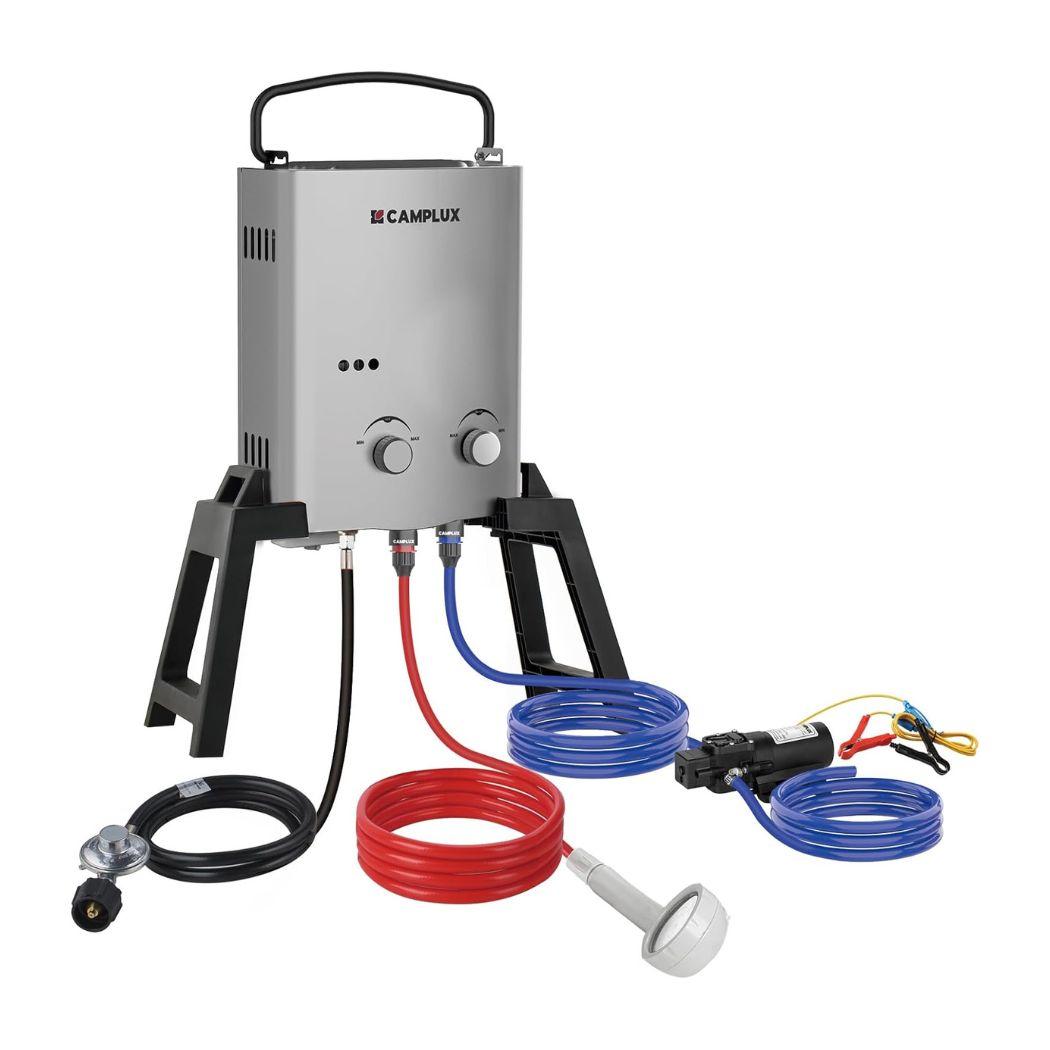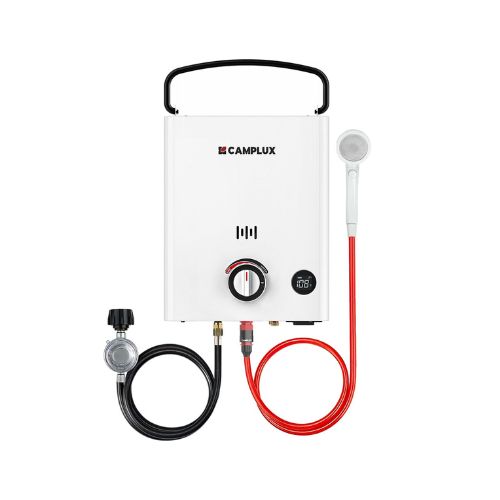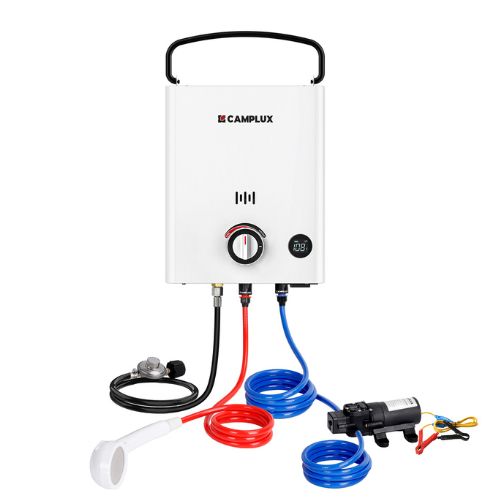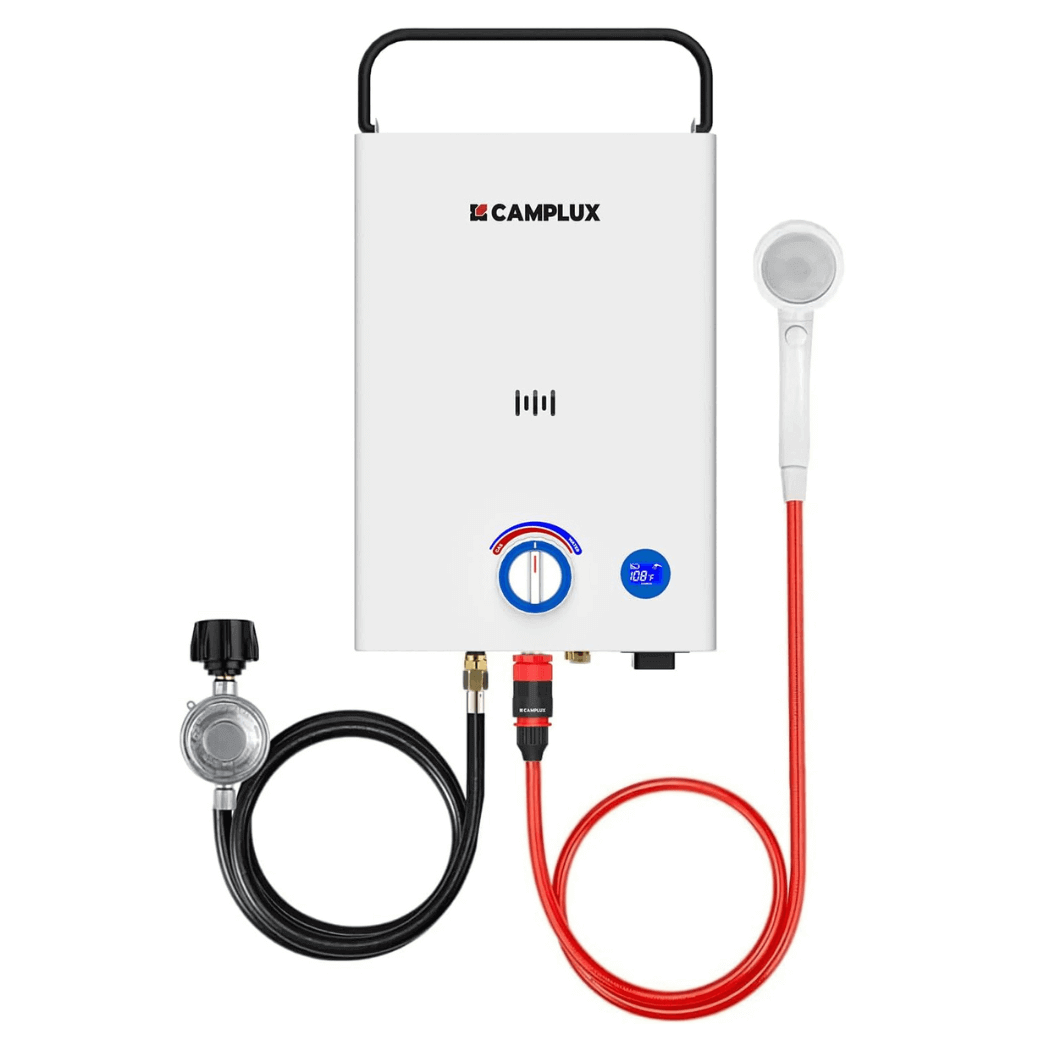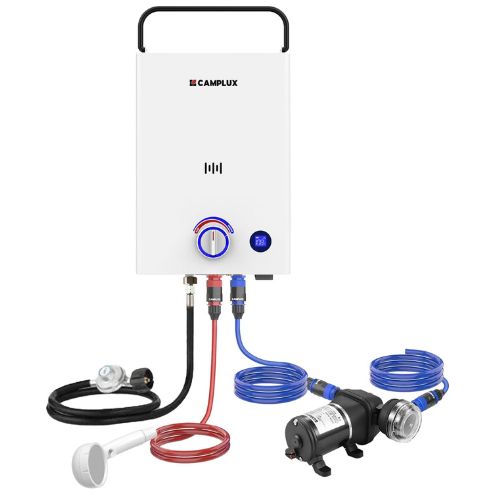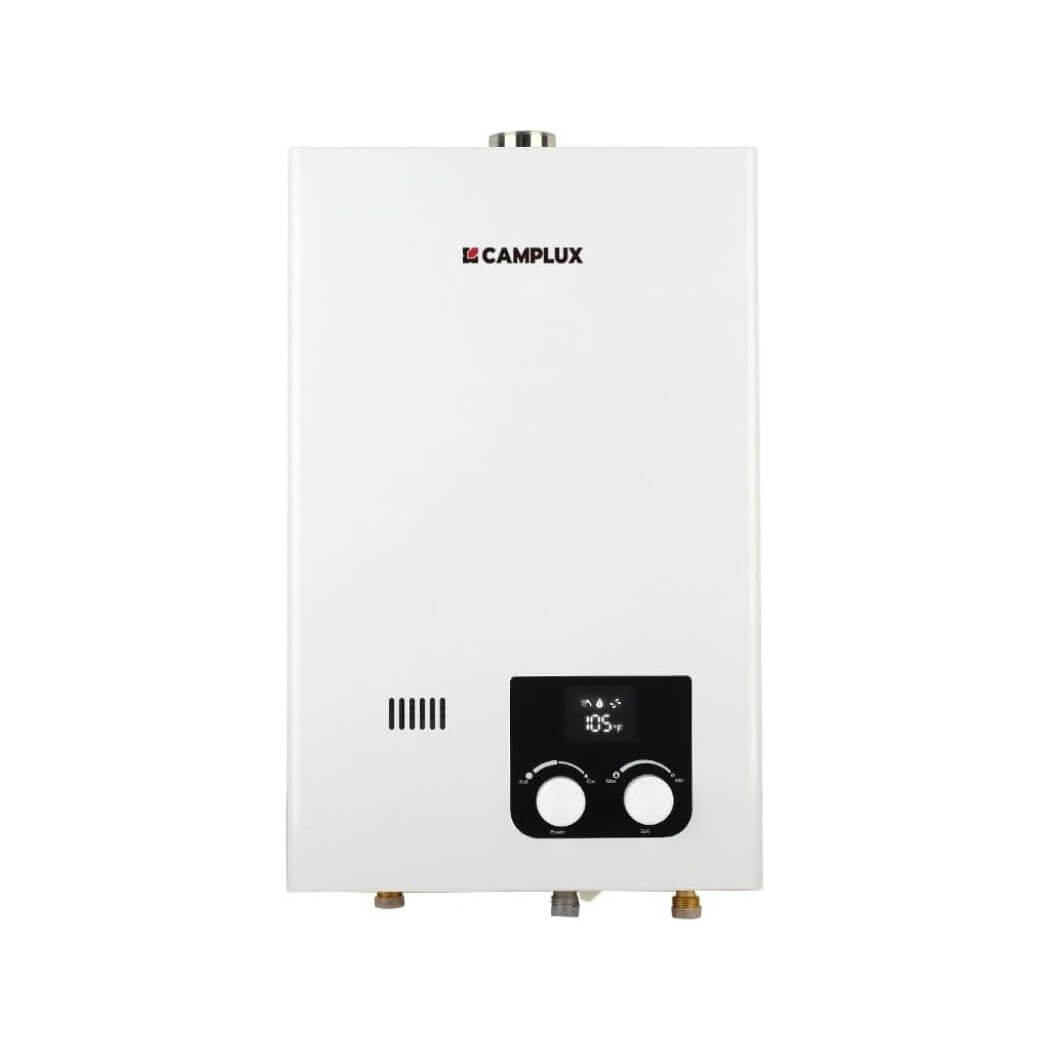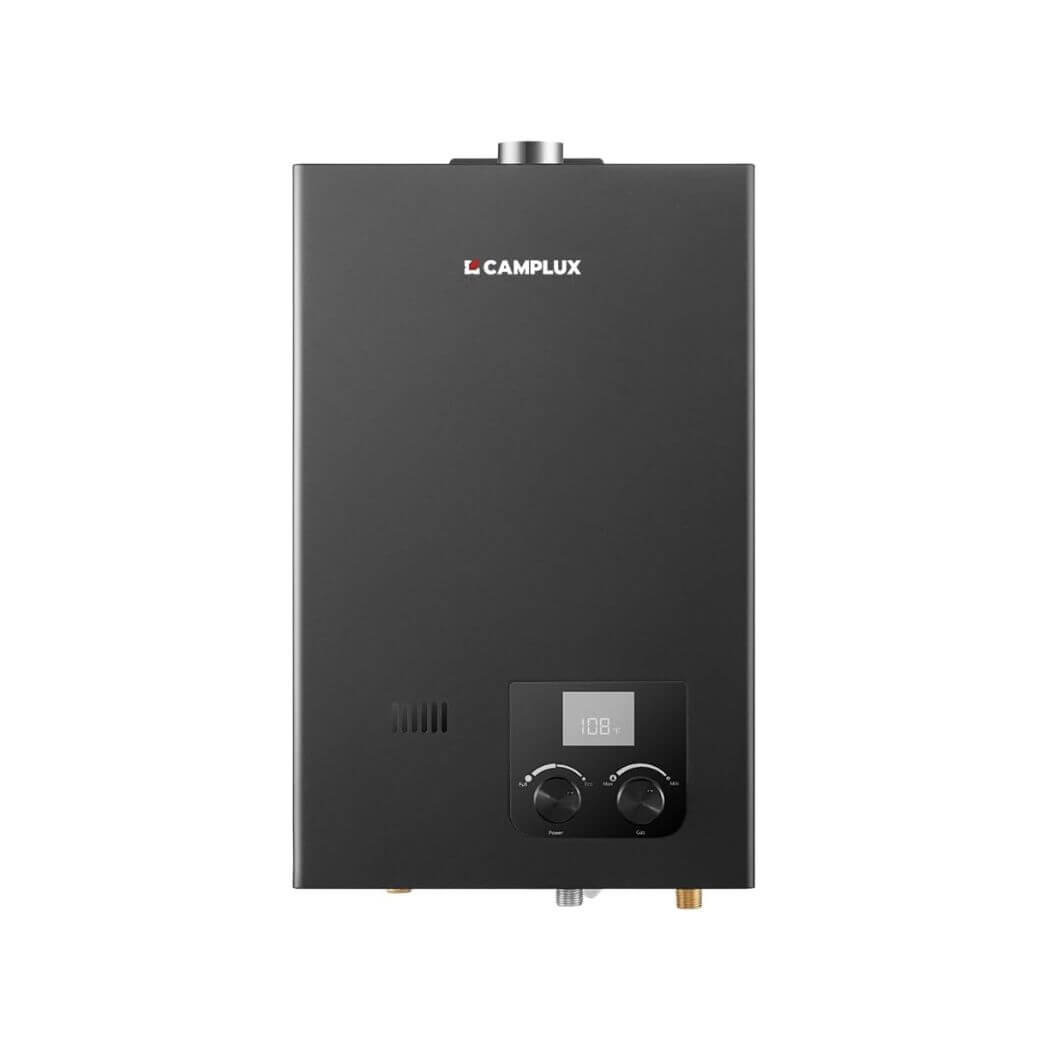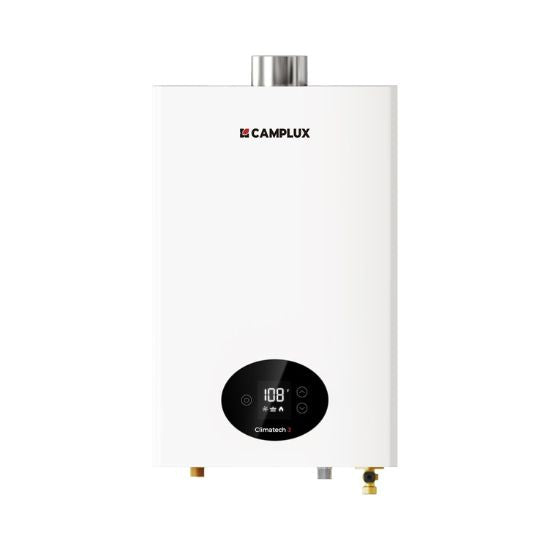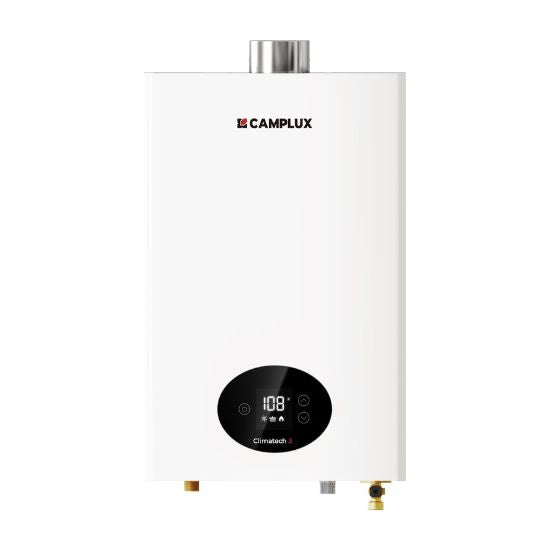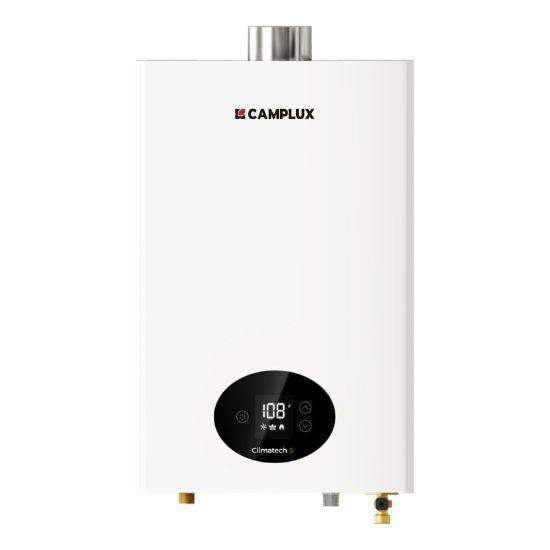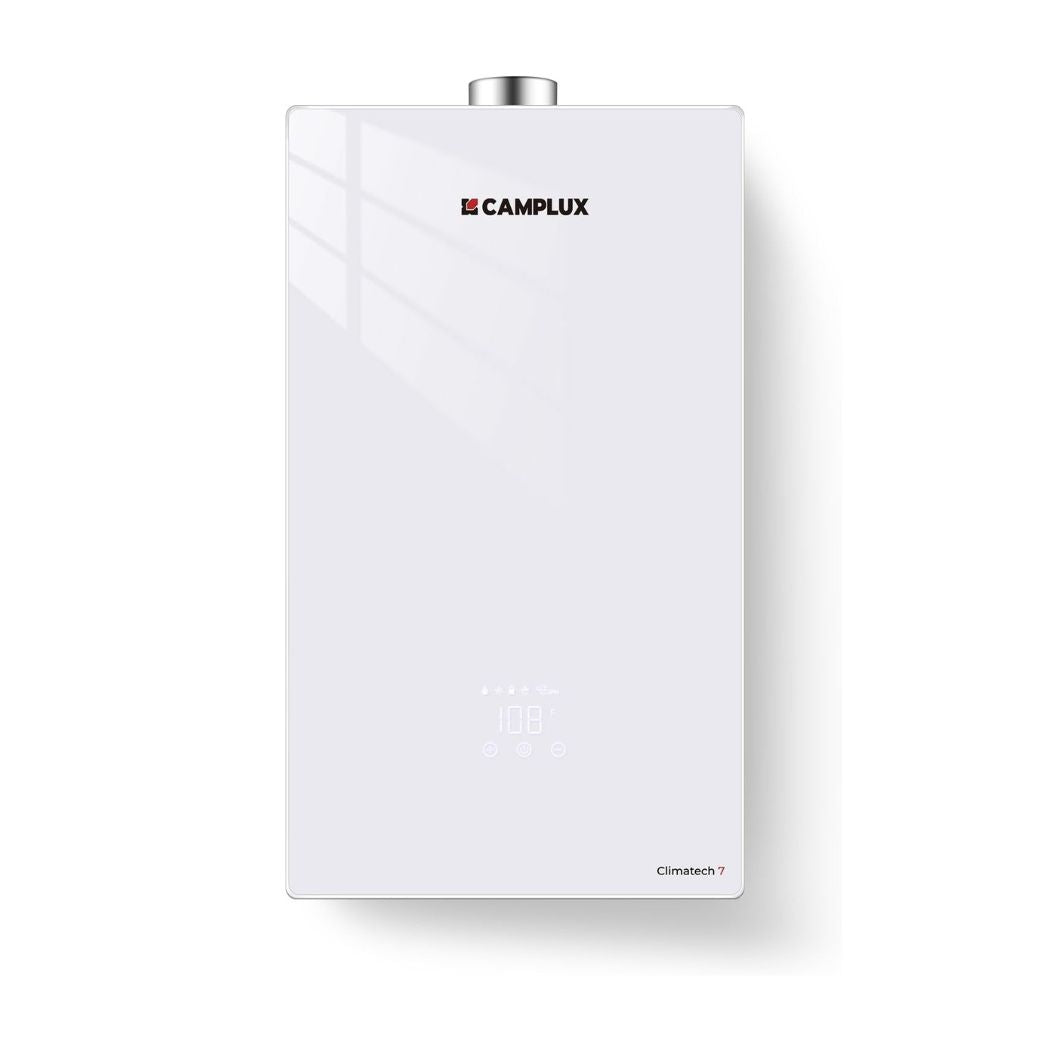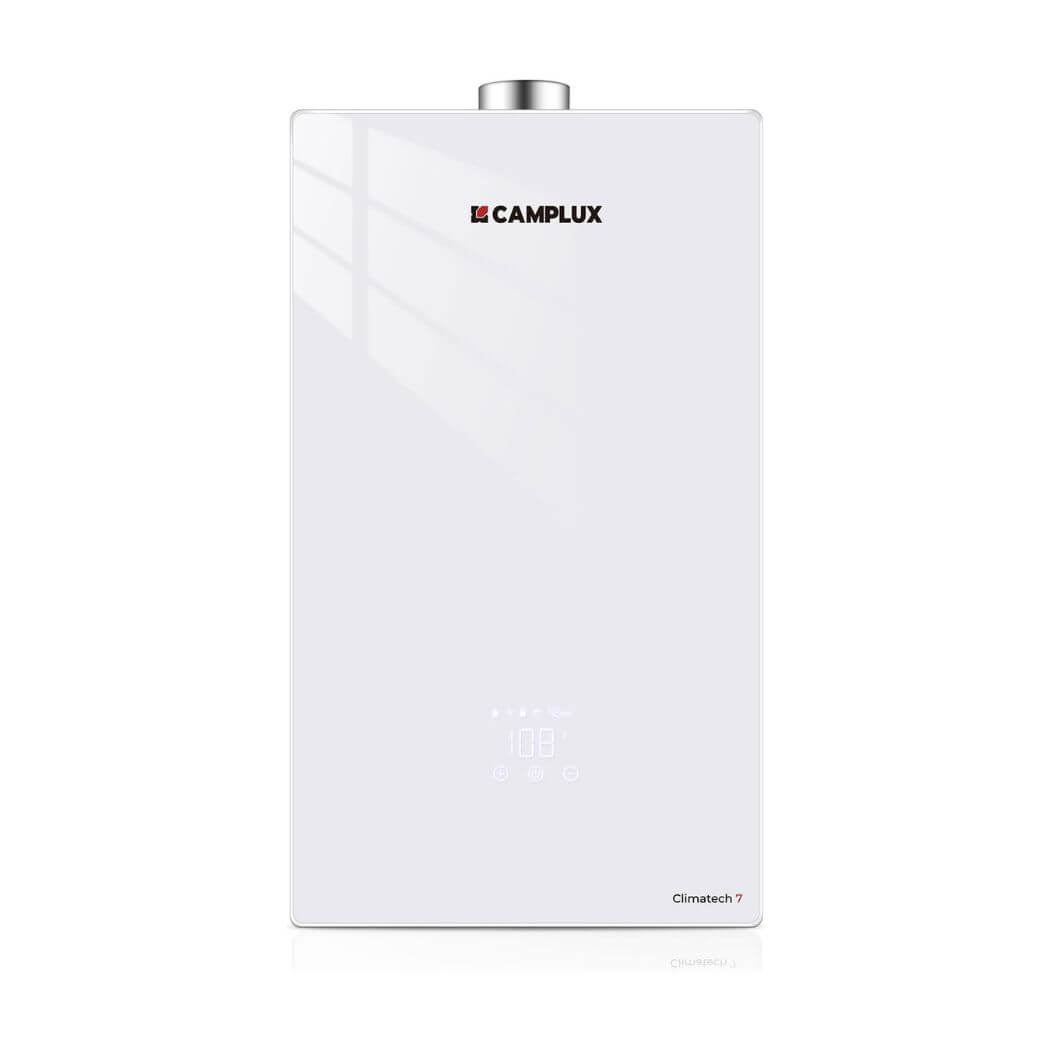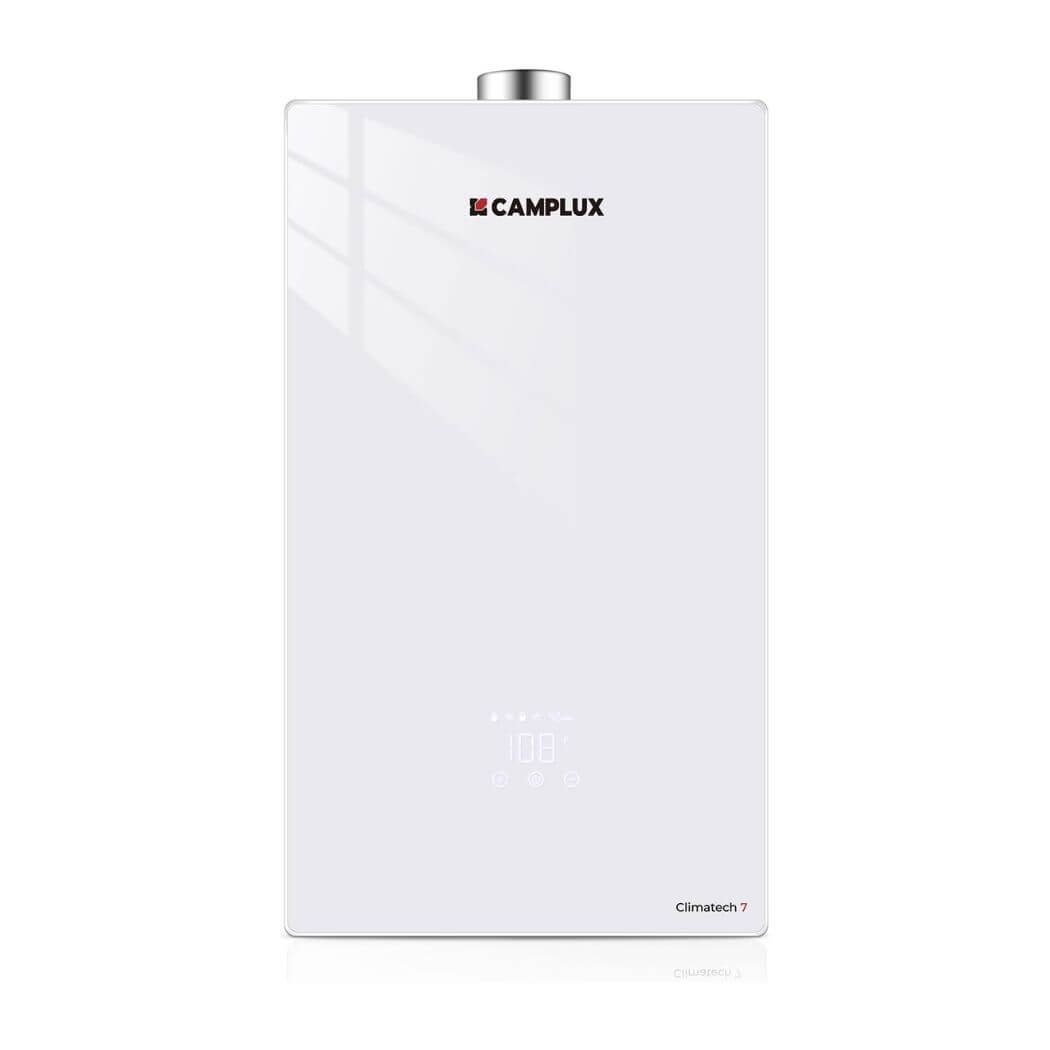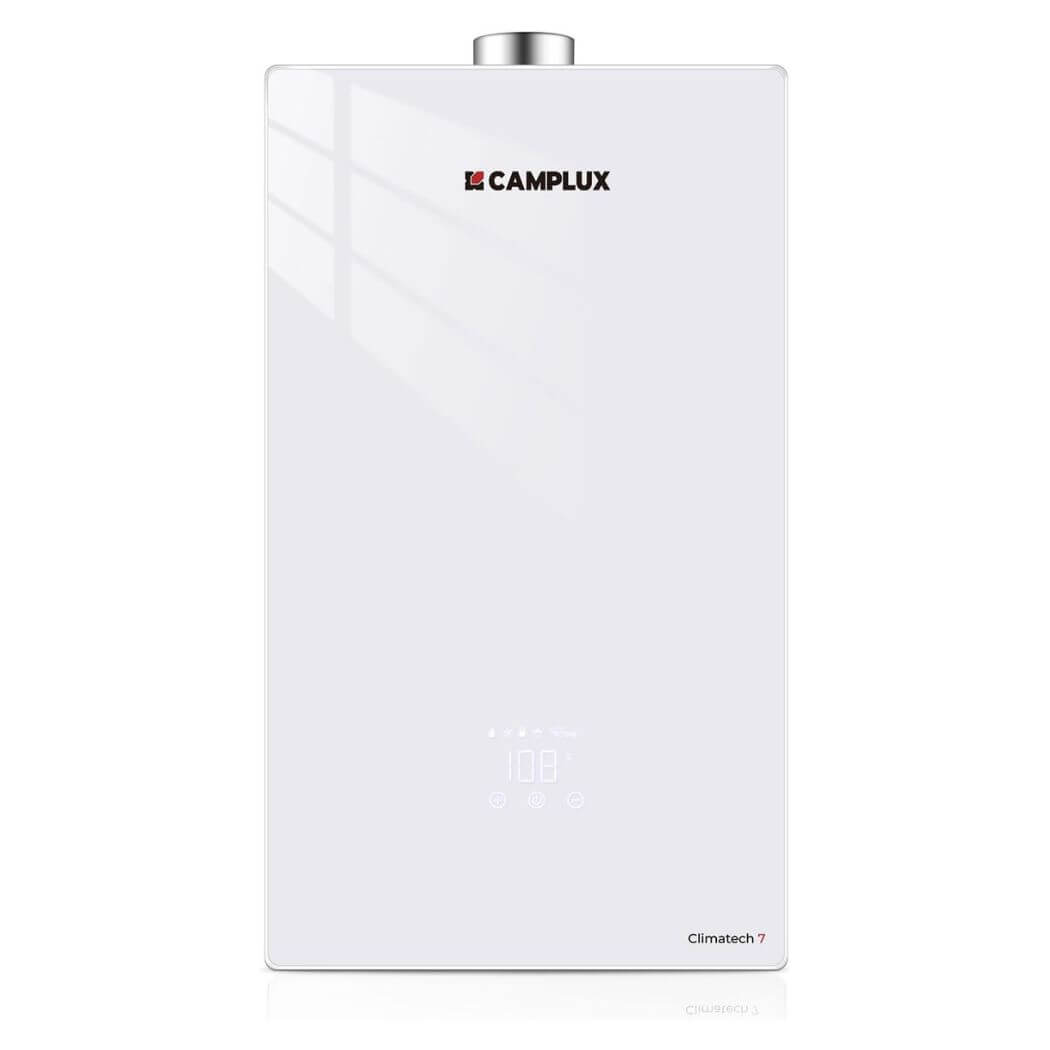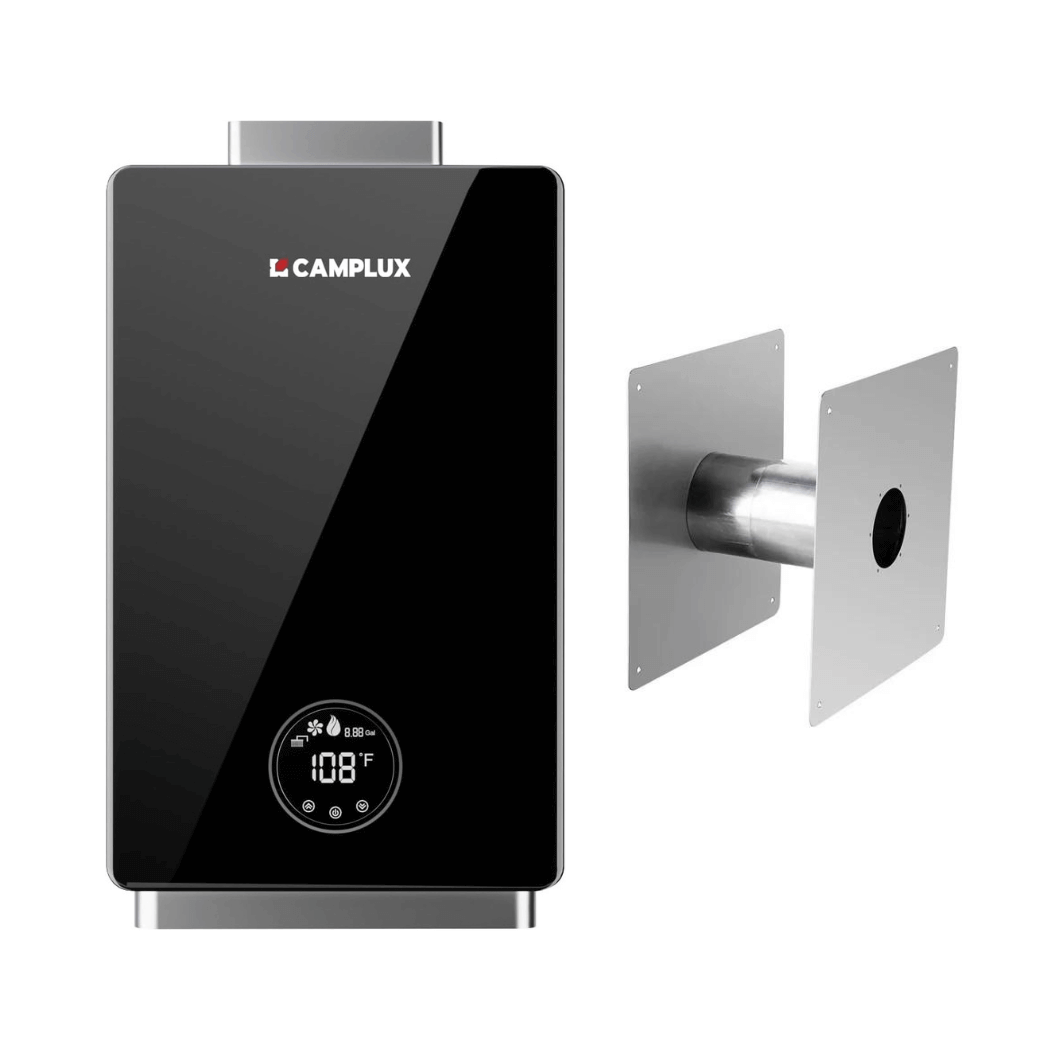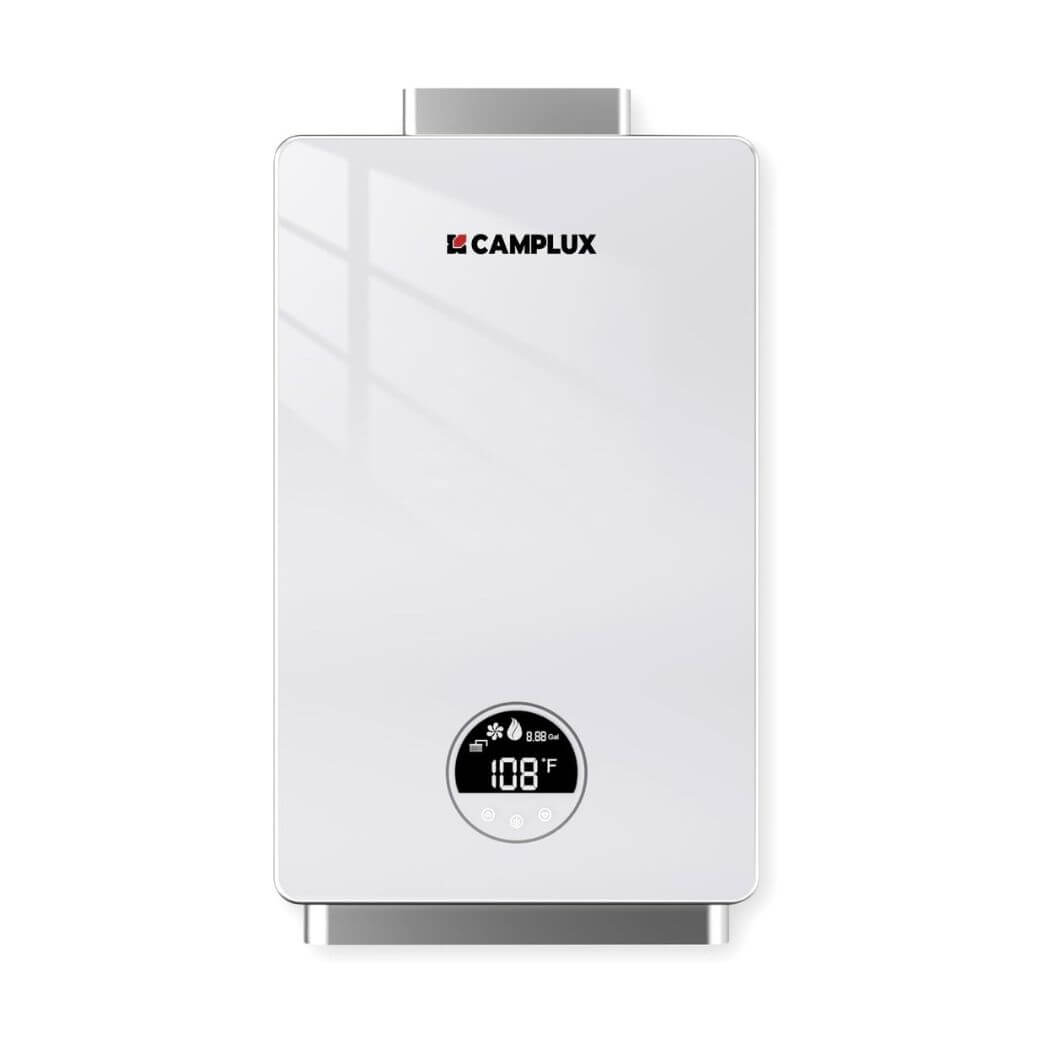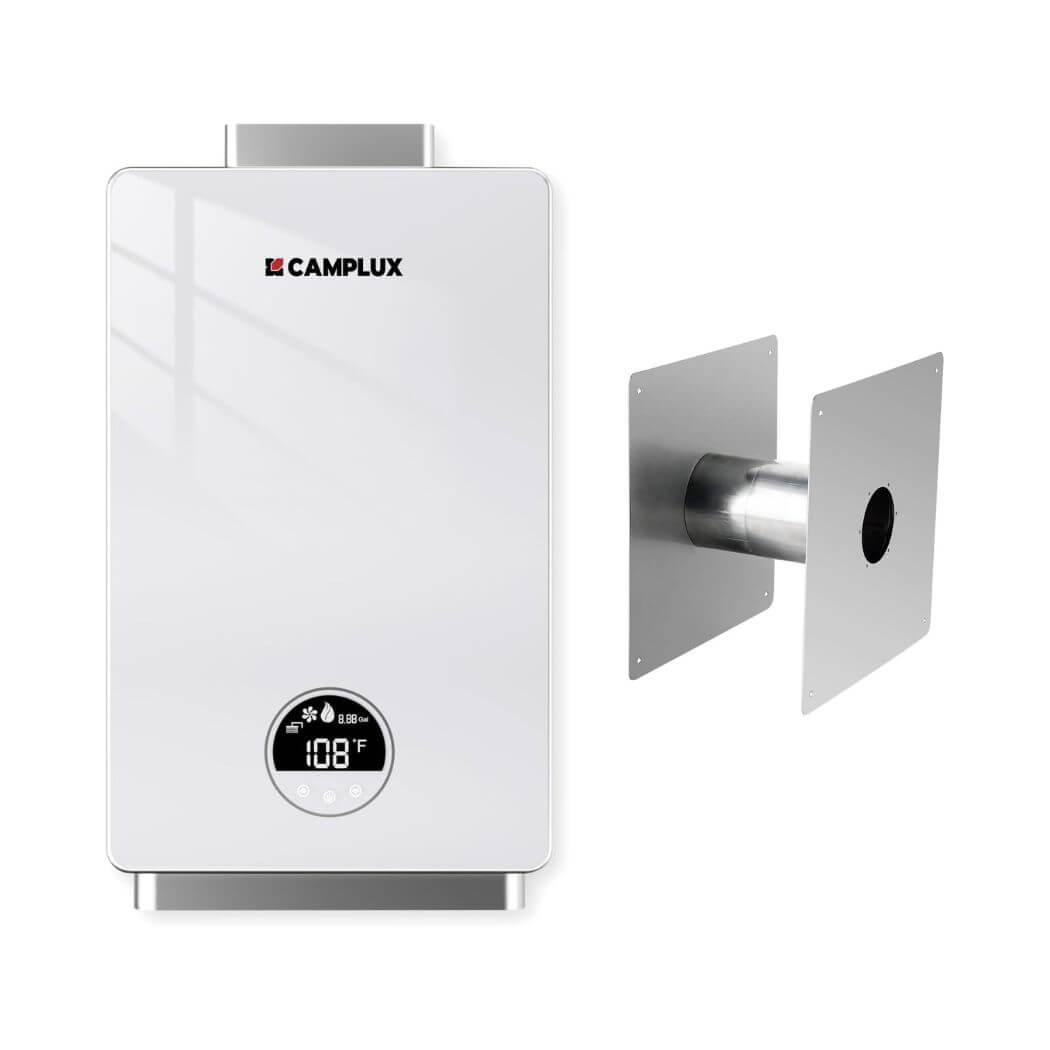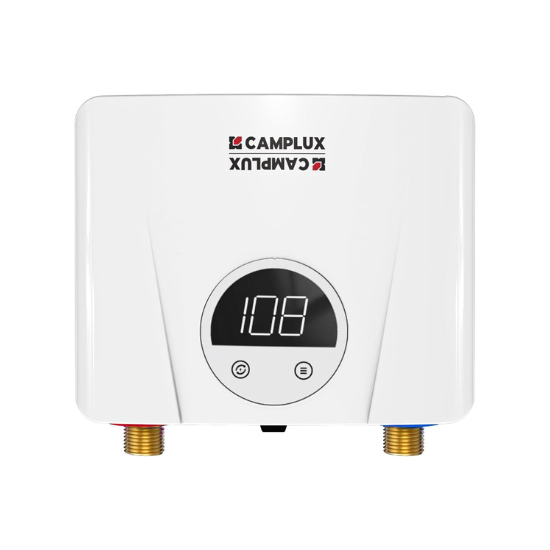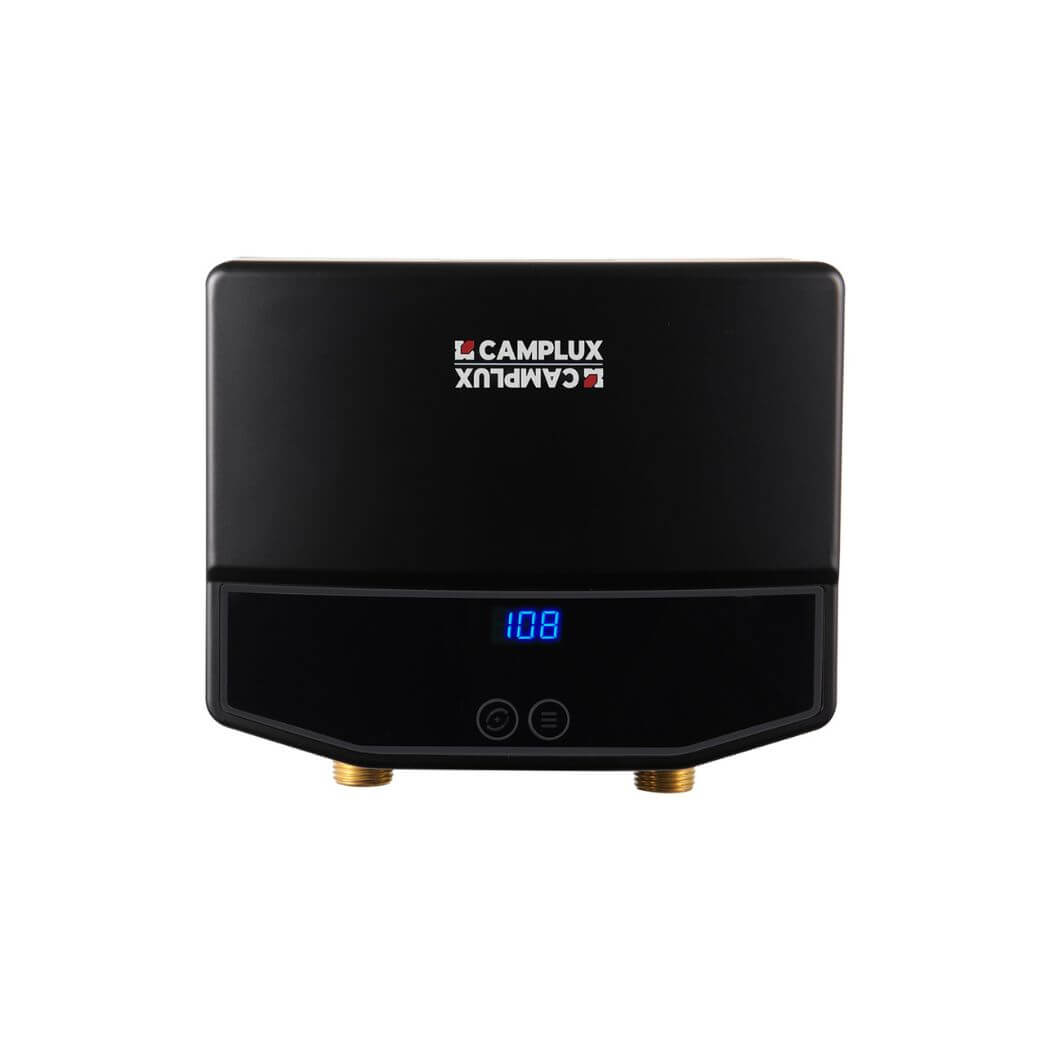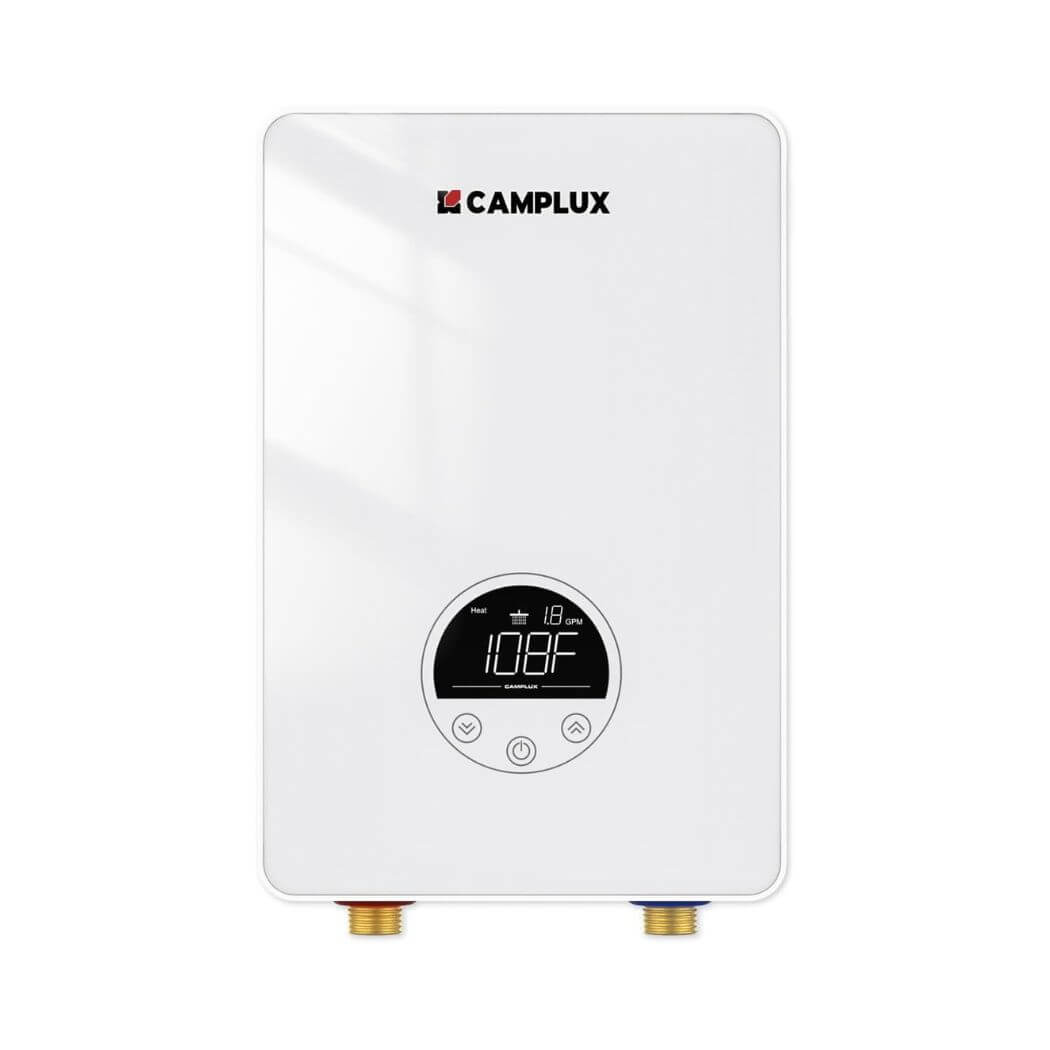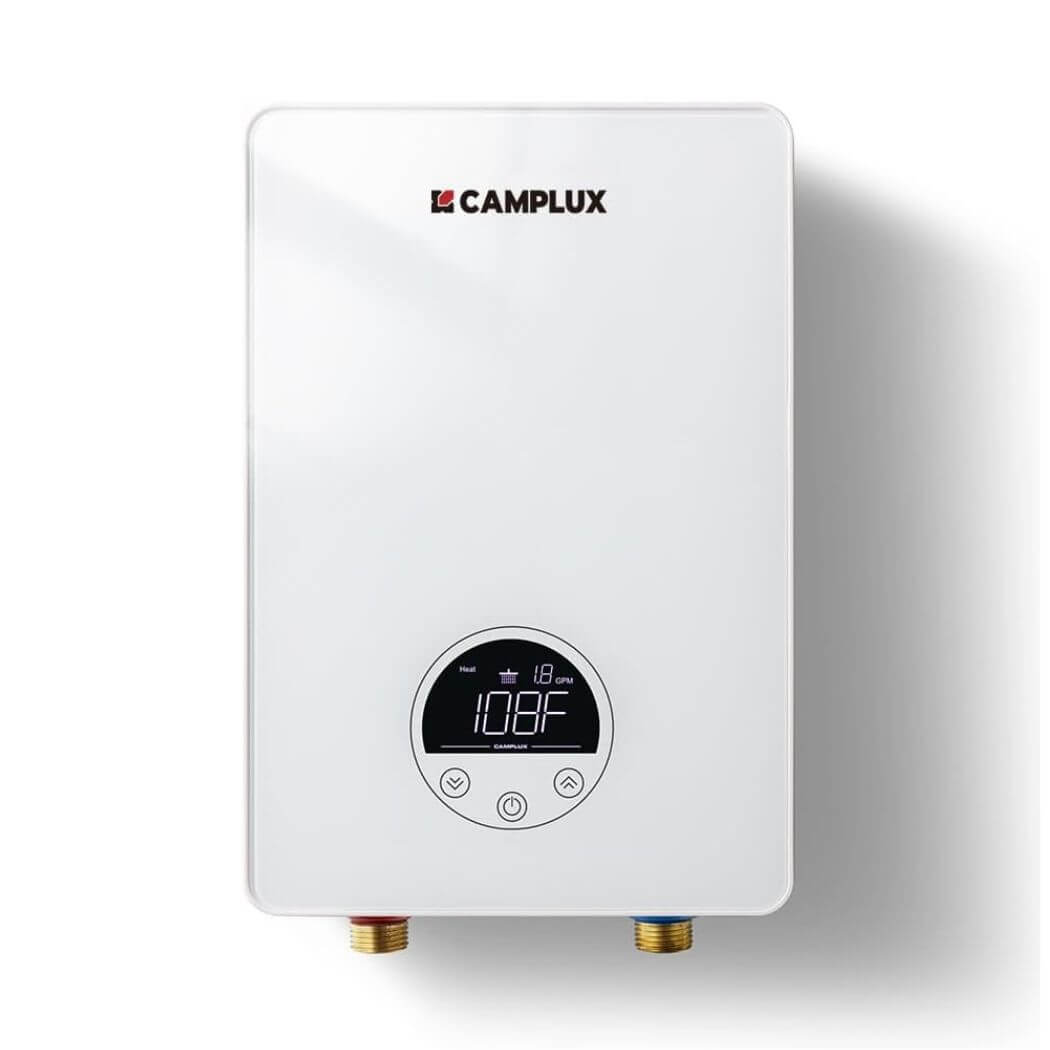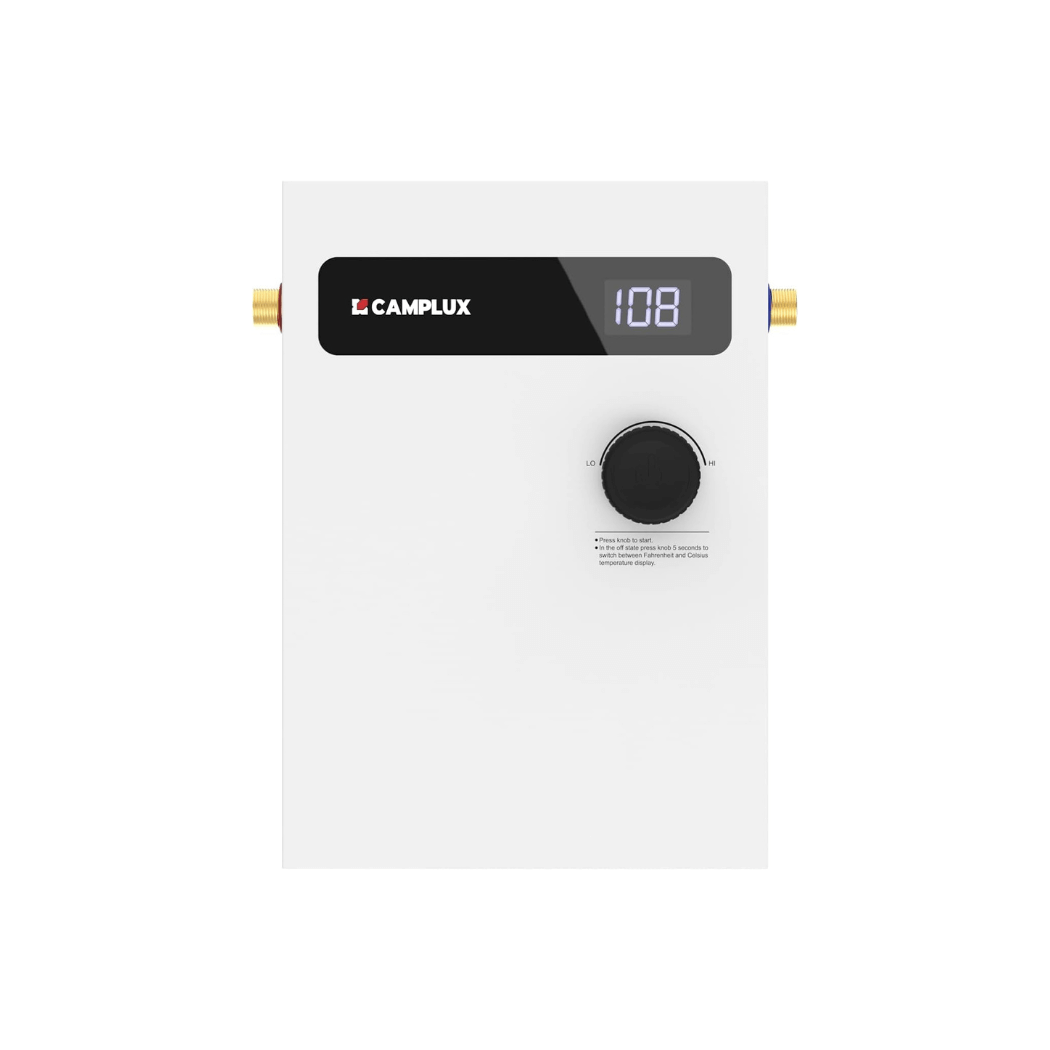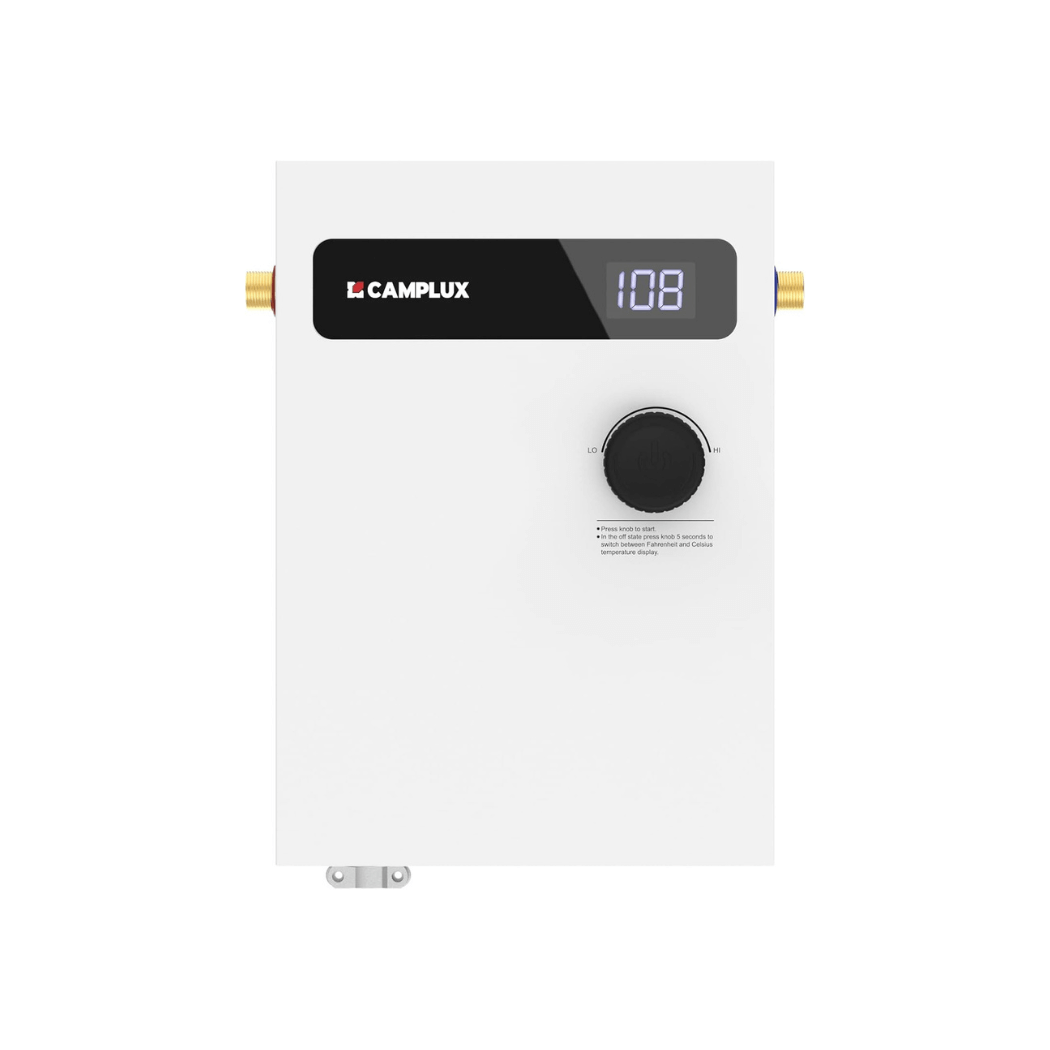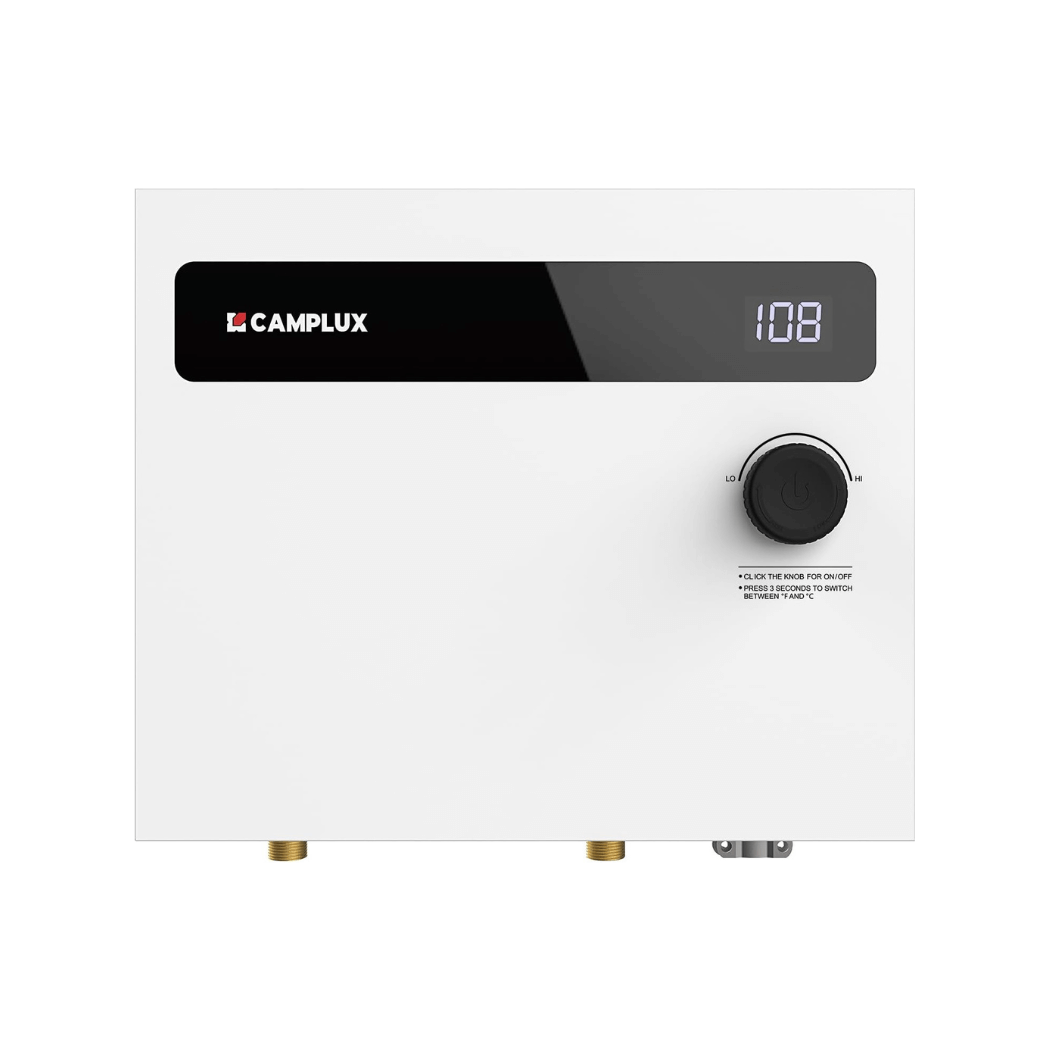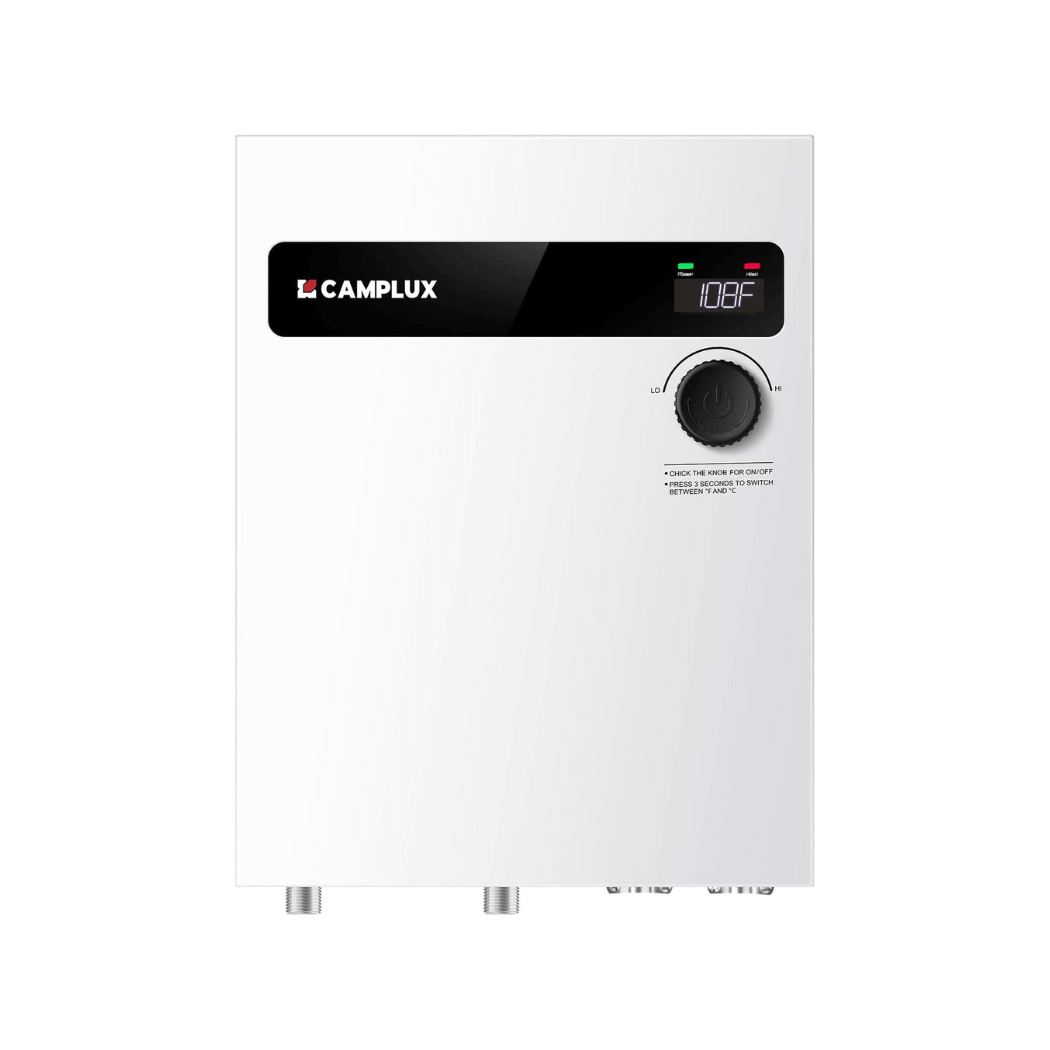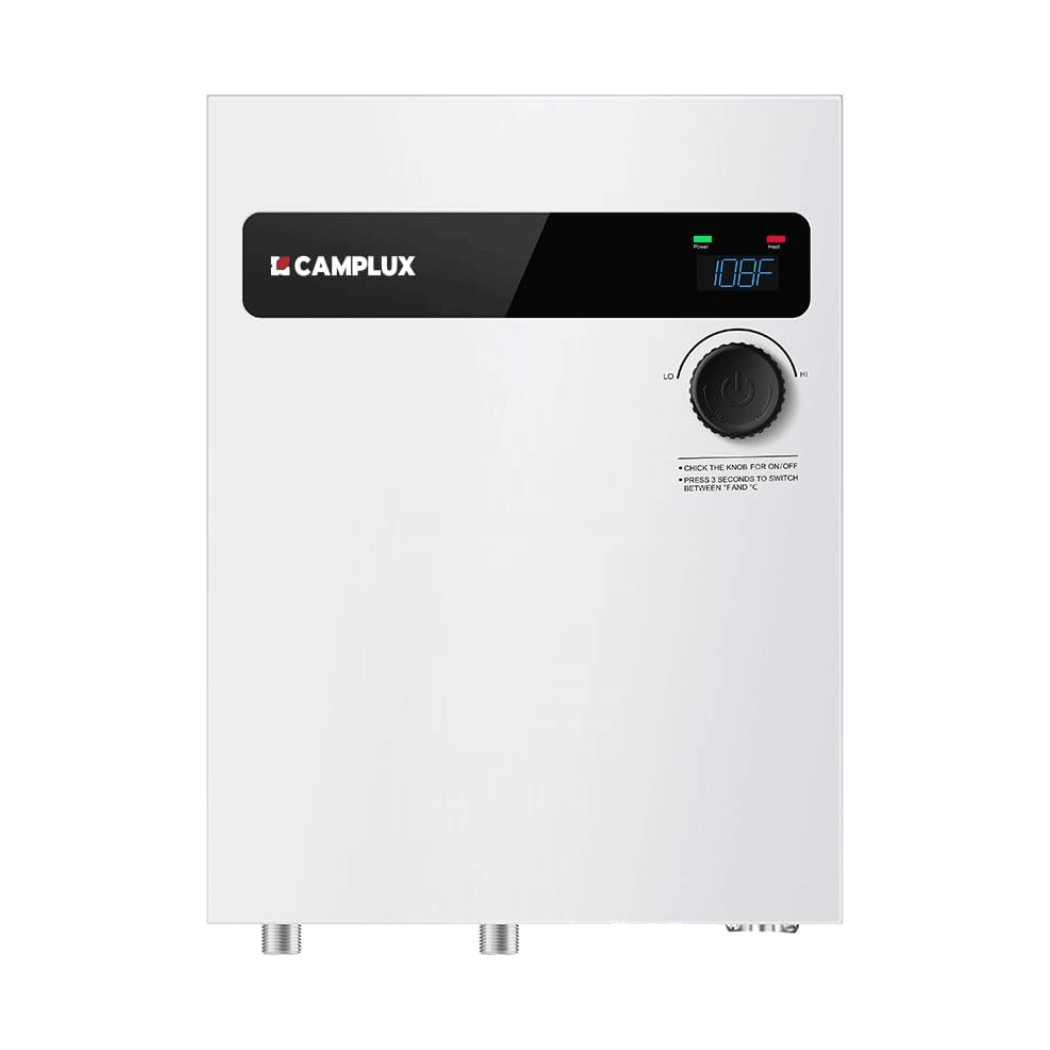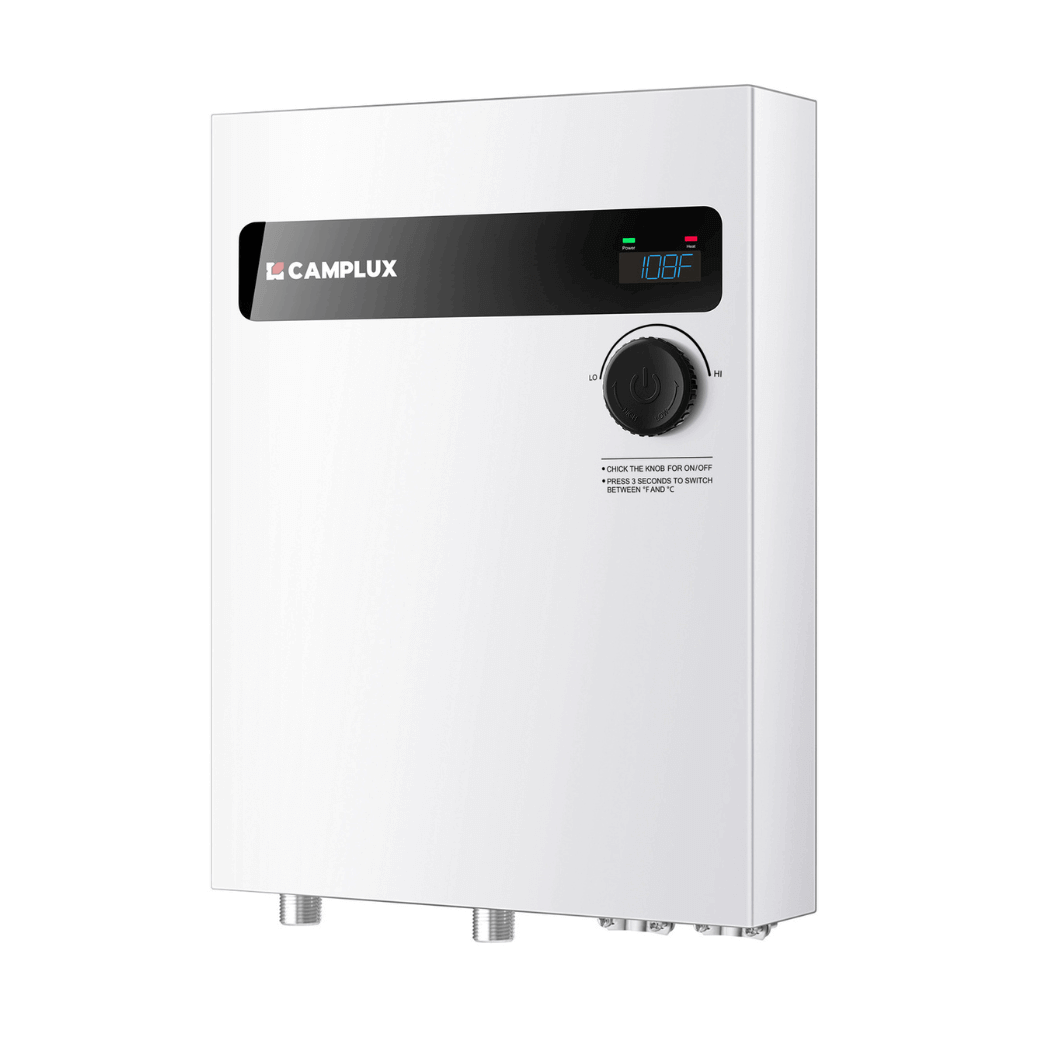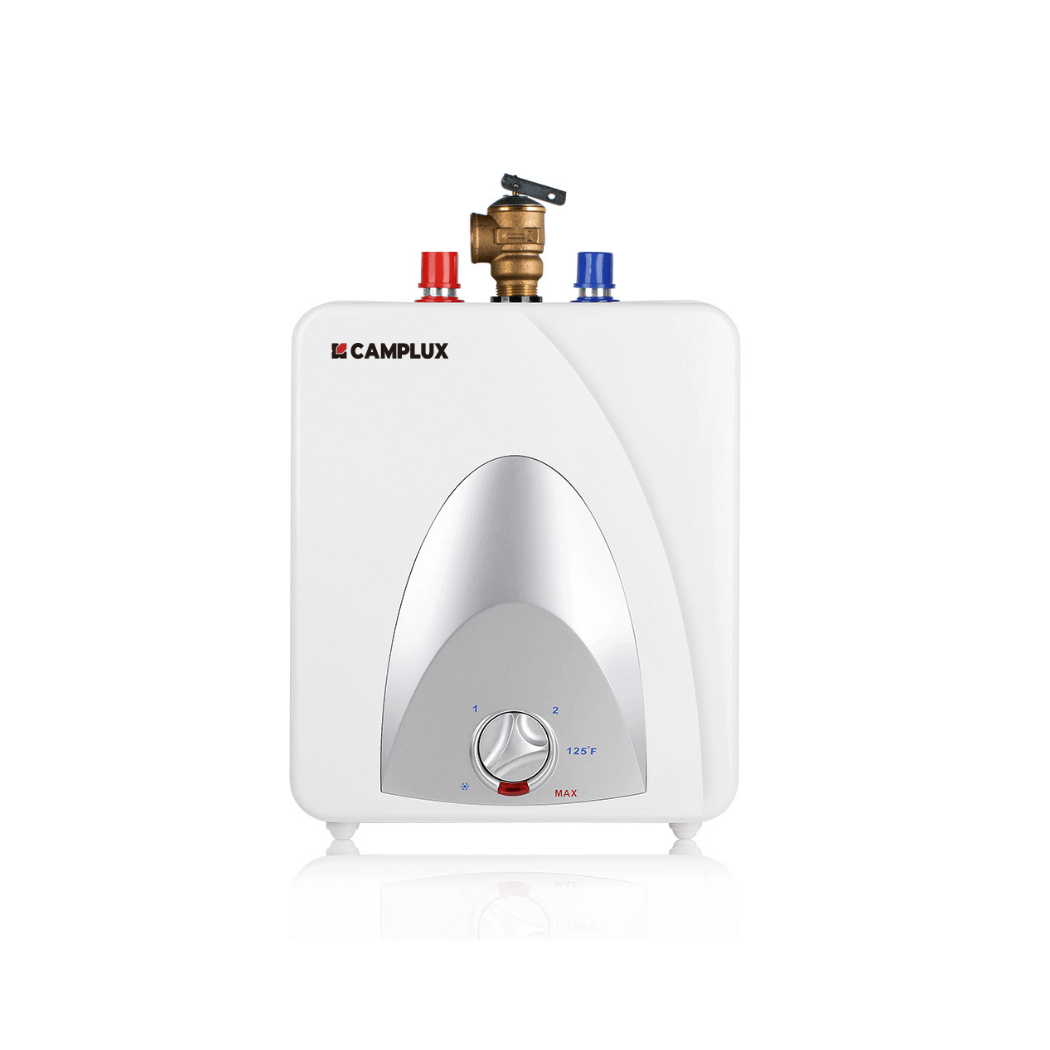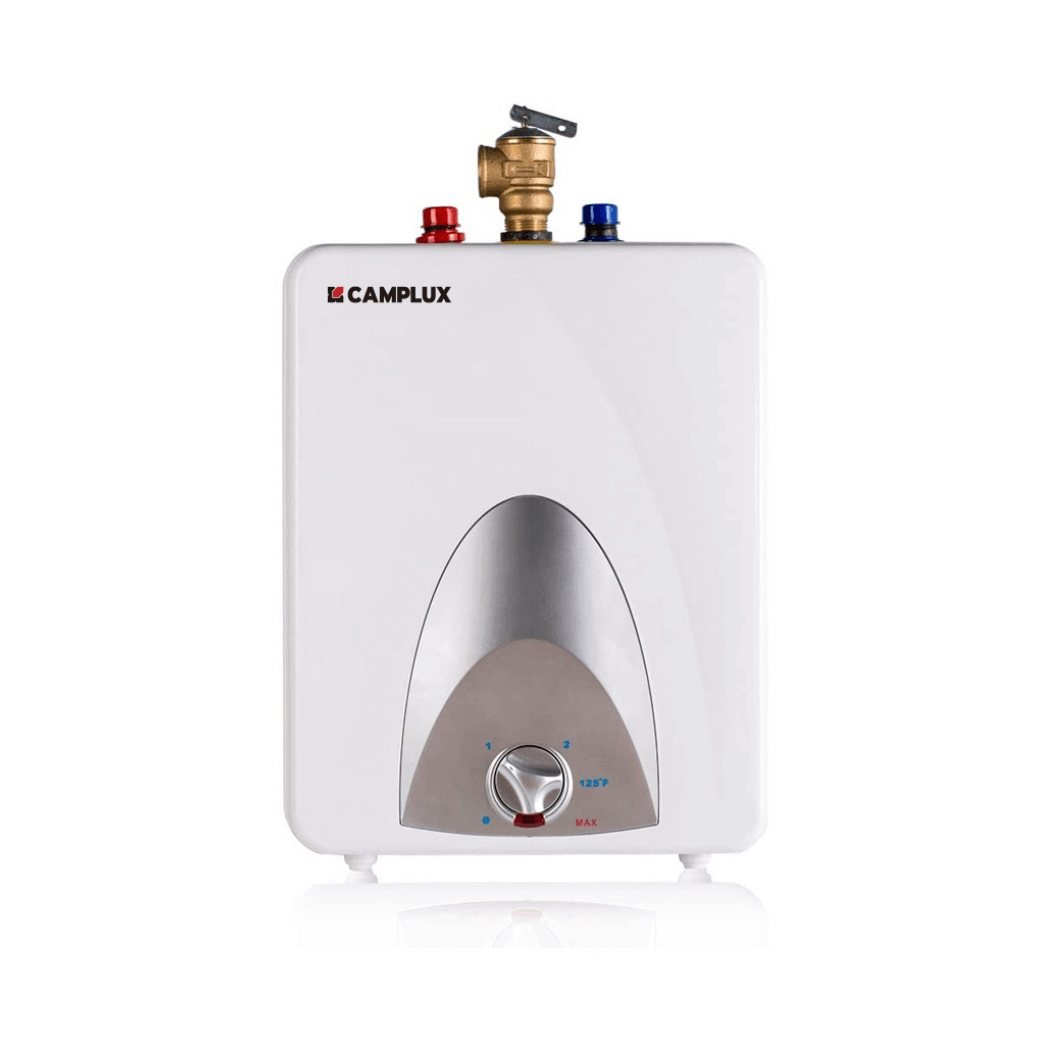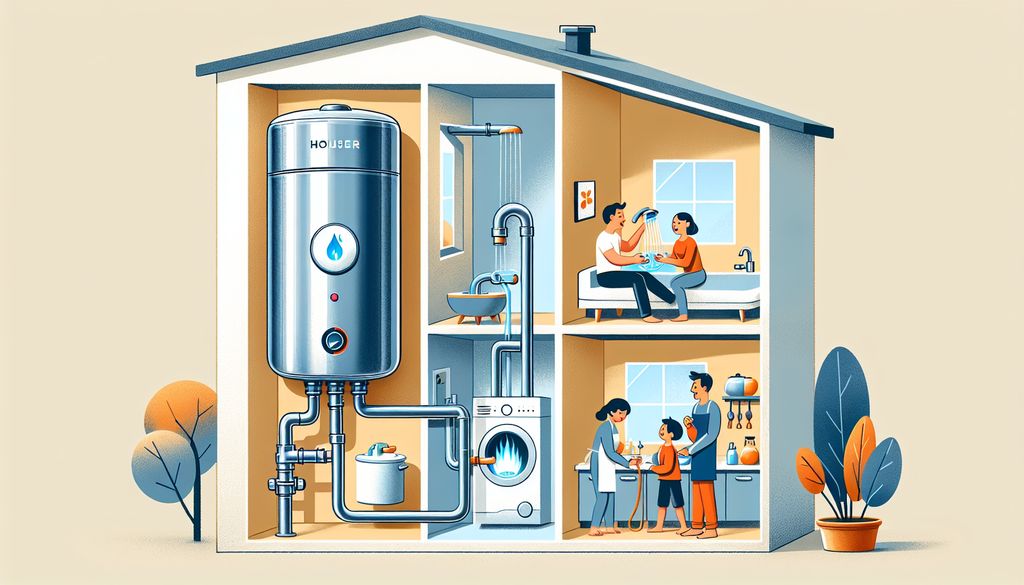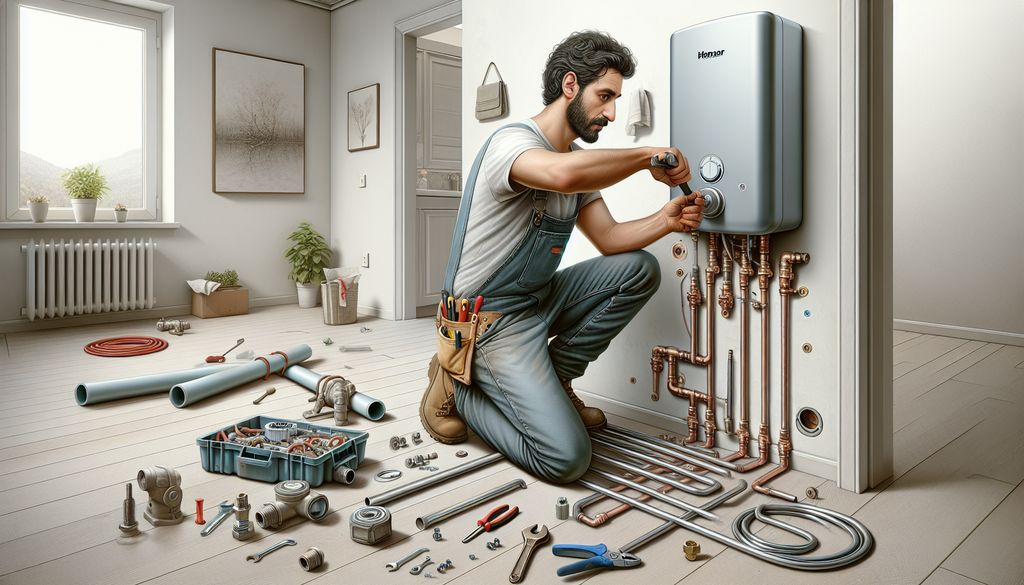Indoor tankless gas water heaters are a popular choice for energy-efficient and space-saving hot water solutions. When choosing the right unit, it's important to consider factors such as flow rate, venting requirements, and maintenance. Understanding the installation process and knowing how to maintain and troubleshoot the heater are also crucial for optimal performance. In this article, we will explore the key takeaways for choosing and maintaining an indoor tankless gas water heater.
Key Takeaways
- Consider the flow rate and temperature rise when choosing a heater.
- Ensure proper ventilation and installation requirements are met for safety and efficiency.
- Check the warranty and maintenance options before making a purchase.
- Regular flushing and descaling are essential for maintaining the heater's performance.
- Be aware of common issues and solutions, and consider professional maintenance services when needed.
Benefits of Indoor Tankless Gas Water Heaters
Energy Efficiency
Indoor tankless gas water heaters are known for their energy efficiency , providing significant cost savings on energy bills. The on-demand heating feature ensures that energy is only used when hot water is needed, reducing standby energy loss. This results in a more environmentally friendly and cost-effective water heating solution.
-
Implement a table for presenting structured, quantitative data. Ensure it's succinct and formatted correctly in Markdown.
-
Use a bulleted or numbered list for less structured content, like steps, qualitative points, or a series of related items.
Consider setting the temperature to 120°F to optimize energy efficiency and prevent scalding.
Indoor tankless gas water heaters also have a higher Energy Factor (EF) compared to traditional tank water heaters, indicating their superior energy efficiency. This makes them an ideal choice for homeowners seeking to reduce their carbon footprint and lower their utility costs.
Space-Saving Design
Indoor tankless gas water heaters are known for their space-saving design , making them ideal for homes with limited space. The compact and wall-mounted design of these heaters allows for installation in tight spaces, such as utility closets or small rooms. This design also contributes to a clutter-free and organized living environment, enhancing the overall aesthetics of the space.
- Compact and wall-mounted design
- Ideal for homes with limited space
- Contributes to a clutter-free living environment
Tip: When considering the space-saving design of an indoor tankless gas water heater, ensure that the installation location provides adequate ventilation and complies with safety regulations to optimize performance and longevity.
Endless Hot Water Supply
An endless hot water supply is a key advantage of indoor tankless gas water heaters. With traditional water heaters, there is a limited amount of hot water available at any given time, leading to the inconvenience of running out of hot water during showers or household tasks. However, with an indoor tankless gas water heater, hot water is available on demand , ensuring a continuous supply for as long as needed.
- This feature is particularly beneficial for larger households or homes with high hot water demand.
- It also eliminates the need for waiting for the water to heat up, providing instant access to hot water whenever required.
Tip: Consider the peak hot water usage in your household to determine the appropriate flow rate and ensure an uninterrupted hot water supply.
Factors to Consider When Choosing an Indoor Tankless Gas Water Heater
Flow Rate and Temperature Rise
When considering the flow rate and temperature rise of an indoor tankless gas water heater, it's important to evaluate the unit's capacity to deliver hot water at the desired temperature. This involves understanding the relationship between flow rate and temperature rise, which determines the heater's ability to meet the hot water demands of the household.
- The flow rate indicates the volume of hot water the heater can deliver per minute, measured in gallons per minute (GPM).
- The temperature rise refers to the increase in water temperature as it passes through the heater, typically measured in degrees Fahrenheit (°F).
It's essential to match the heater's flow rate and temperature rise with the household's hot water usage patterns and the desired water temperature. This ensures a consistent and comfortable hot water supply for various applications, such as showers, dishwashing, and laundry.
Tip: Consider the peak hot water demand in your household to determine the appropriate flow rate and temperature rise needed for the indoor tankless gas water heater.
Venting and Installation Requirements
When considering venting and installation requirements for indoor tankless gas water heaters, it's crucial to ensure proper ventilation and compliance with local building codes. The installation process should be carried out by a qualified professional to guarantee safety and efficiency. Additionally, the venting system must be designed to expel combustion byproducts safely and effectively.
For a comprehensive understanding of venting and installation requirements , refer to the manufacturer's guidelines and specifications. This includes the clearance needed around the unit, as well as the venting material and termination requirements. It's essential to adhere to these guidelines to prevent safety hazards and ensure the longevity of the unit.
Important Note: Regular maintenance of the venting system is essential to prevent blockages and ensure optimal performance. This includes periodic inspection and cleaning to remove any debris or obstructions that may hinder proper ventilation .
Warranty and Maintenance
Indoor tankless gas water heaters require regular maintenance to ensure optimal performance and longevity. Proper maintenance includes flushing and descaling the unit to remove mineral buildup, which can affect heating efficiency and lead to damage over time. Additionally, being aware of common issues and their solutions is essential for troubleshooting and addressing problems promptly.
For a comprehensive maintenance schedule, consider the following steps:
- Flushing : Regularly flush the unit to remove sediment and mineral deposits, ensuring smooth water flow and preventing damage to internal components.
- Descaling : Periodically descale the heat exchanger to maintain efficient heat transfer and prevent corrosion, extending the unit's lifespan.
- Professional Maintenance : Schedule professional maintenance services annually to inspect, clean, and optimize the unit for peak performance.
Tip : Keep a record of maintenance activities and schedule reminders for routine tasks to stay proactive in caring for your indoor tankless gas water heater.
Installation Process for Indoor Tankless Gas Water Heaters
Location and Sizing
When considering the location and sizing of your indoor tankless gas water heater, it's important to ensure proper placement and dimensions for optimal performance. The placement should be near the point of use to minimize heat loss in the water lines. Additionally, the sizing of the unit should be based on the number of fixtures and the peak hot water demand in your household. Consider the following factors when determining the location and sizing of your indoor tankless gas water heater:
- Location : Place the unit close to the point of use to reduce heat loss.
- Sizing : Determine the appropriate unit size based on the number of fixtures and peak hot water demand.
Tip: Proper location and sizing are crucial for maximizing the efficiency of your indoor tankless gas water heater.
Gas and Water Connections
When connecting the gas and water supply to your indoor tankless gas water heater, it's crucial to follow the manufacturer's guidelines for proper installation. Ensure that the gas and water connections are secure and leak-free to prevent any safety hazards. Additionally, consider using a professional plumber or technician for the installation process to guarantee the correct setup and minimize the risk of issues in the future. Remember to check for any local building codes or regulations related to gas and water connections for indoor appliances.
- Verify the compatibility of the gas and water connections with the specific model of the tankless gas water heater.
- Use high-quality, approved materials for the gas and water connections to maintain safety and efficiency.
Tip: Regularly inspect the gas and water connections for any signs of wear, corrosion, or damage, and address any issues promptly to avoid potential safety risks.
Ventilation and Safety Measures
Indoor tankless gas water heaters require proper ventilation to ensure safe operation. Adequate airflow is essential for combustion and to prevent the buildup of carbon monoxide . It's important to follow the manufacturer's guidelines for venting to maintain a safe environment. Additionally, installing a carbon monoxide detector near the unit is a crucial safety measure to alert occupants of any potential hazards.
Proper clearance around the unit is necessary to ensure safe operation and maintenance. Refer to the manufacturer's specifications for the recommended clearance distances from combustible materials and other appliances. This helps prevent overheating and potential fire hazards.
For optimal safety, consider installing a gas shut-off valve near the unit. This allows for quick and easy access to shut off the gas supply in case of an emergency or when performing maintenance.
Tip : Regularly inspect the ventilation system and ensure it remains free from obstructions to maintain safe and efficient operation of the indoor tankless gas water heater.
Maintenance and Troubleshooting of Indoor Tankless Gas Water Heaters
Flushing and Descaling
Flushing and descaling are essential maintenance tasks for indoor tankless gas water heaters . Regular flushing helps remove mineral deposits and debris, ensuring optimal performance and longevity. Descaling, on the other hand, involves using a descale solution to dissolve scale buildup and prevent corrosion.
It's recommended to flush the system every 6-12 months, depending on water hardness and usage. For descaling, follow the manufacturer's guidelines and use a descaling solution specifically formulated for tankless water heaters.
Important Maintenance Schedule
| Maintenance Task | Frequency |
|---|---|
| Flushing | 6-12 months |
| Descaling | As needed |
Regular maintenance can prevent common issues such as reduced flow, fluctuating temperatures, and system errors. Additionally, professional maintenance services are available for thorough inspections, repairs, and performance optimization.
Tip: Keep a maintenance log to track flushing and descaling dates, water quality, and any issues encountered. This log can help identify patterns and guide maintenance efforts for optimal heater performance.
Common Issues and Solutions
Flushing and Descaling
Regular maintenance of your indoor tankless gas water heater is essential to ensure optimal performance and longevity. Flushing the system removes mineral buildup, while descaling helps prevent corrosion and maintains efficiency.
Common Issues and Solutions
Keep an eye out for ignition failure , flame failure , and temperature fluctuations . These issues can often be resolved by checking gas and water connections, ensuring proper ventilation, and adjusting the flow rate and temperature settings.
Professional Maintenance Services
Consider scheduling annual maintenance by a certified technician to inspect and service your unit. This can help identify potential issues early, maintain warranty coverage, and ensure safe operation. Additionally, professional descaling and thorough system checks can extend the lifespan of your indoor tankless gas water heater.
Professional Maintenance Services
Indoor tankless gas water heaters require regular maintenance to ensure optimal performance and longevity. Proper maintenance includes flushing and descaling the unit to remove mineral deposits and prevent corrosion. This process should be performed annually to maintain efficiency and prevent damage to the heating elements and internal components.
Common issues with indoor tankless gas water heaters can often be resolved through simple troubleshooting. Issues such as fluctuating water temperature, inadequate hot water supply, or ignition problems may be addressed by checking gas and water connections, adjusting the flow rate, or cleaning the ventilation system. If problems persist, it's advisable to seek professional maintenance services to diagnose and resolve complex issues .
For homeowners, scheduling professional maintenance services at least once a year is recommended to ensure the unit operates at peak efficiency and to address any potential issues before they escalate. Professional maintenance may include thorough inspection, cleaning, and testing of the unit, as well as adjustments to optimize performance and efficiency.
Tip: Regularly monitoring the water pressure, temperature, and overall performance of the indoor tankless gas water heater can help identify potential issues early and prevent costly repairs or replacements.
Conclusion
In conclusion, choosing the right indoor tankless gas water heater can provide numerous benefits for homeowners. The energy efficiency and space-saving design make it a practical choice for modern households. Additionally, the endless hot water supply ensures comfort and convenience. When considering a tankless gas water heater, it's important to evaluate factors such as flow rate and temperature rise , venting and installation requirements , and warranty and maintenance . The installation process involves careful consideration of location and sizing , proper gas and water connections , and ensuring adequate ventilation and safety measures . Regular maintenance, including flushing and descaling , is essential for optimal performance. Understanding common issues and solutions, as well as the availability of professional maintenance services, can help homeowners address any concerns. With the right choice and proper maintenance, an indoor tankless gas water heater can be a valuable addition to any home.
Frequently Asked Questions
How do indoor tankless gas water heaters save energy?
Indoor tankless gas water heaters are energy efficient because they only heat water when it is needed, eliminating the standby energy losses associated with traditional tank water heaters.
What are the space-saving benefits of indoor tankless gas water heaters?
Indoor tankless gas water heaters are compact and wall-mounted, freeing up valuable floor space in the home.
How does an indoor tankless gas water heater provide an endless hot water supply?
Indoor tankless gas water heaters heat water on demand, allowing for continuous hot water supply without the need for a storage tank.
What factors determine the flow rate and temperature rise of an indoor tankless gas water heater?
The flow rate and temperature rise of an indoor tankless gas water heater depend on the unit's capacity and the temperature of the incoming water.
What are the venting and installation requirements for indoor tankless gas water heaters?
Indoor tankless gas water heaters require proper venting to expel combustion gases and must be installed according to manufacturer specifications and local building codes.
How often should flushing and descaling be performed on indoor tankless gas water heaters?
Flushing and descaling of indoor tankless gas water heaters should be performed at least once a year to maintain optimal performance and prevent mineral buildup.
